At the end of 2022, Xiaomi managed to present the first model of the new flagship series with serial number 13. Xiaomi 13 is still hot news, but we are again the first in Slovakia and the Czech Republic to come with a detailed review.
We will mainly focus on the changes that the new model brings compared to its predecessor, but we will not forget the traditional categories, including the camera test.
Where to buy Xiaomi 13?
At the time of writing the review, the new Xiaomi 13 model was only available in the Chinese version, as the global version had not yet been introduced. We ordered the smartphone from the international store TradingShenzhen, which delivered the phone to us without additional customs fees and very quickly. Delivery from China took a while only 9 days!
If you would like to order the Xiaomi 13, keep in mind that the Chinese version does not support the 4G B20 band. Also, only Chinese and English languages are available in the system, but this will be solved later by the Xiaomi.EU ROM.
Xiaomi 13 Chinese Version (without B20 LTE)
You do not pay any extra fees for Global Priority shipping.
We recommend choosing Global Priority transport, for which you will not pay extra. Customs fees and any VAT will be arranged for you directly by the seller. Shipping can only be selected in the cart, after entering the delivery address. Delivery with Global Priority usually takes about 15 days, but may take longer.
You do not pay any extra fees for Global Priority shipping.
We recommend choosing Global Priority transport, for which you will not pay extra. Customs fees and any VAT will be arranged for you directly by the seller. Shipping can only be selected in the cart, after entering the delivery address. Delivery with Global Priority usually takes about 15 days, but may take longer.
Technical specifications
| Model designation | Xiaomi 13 |
|---|---|
| dimensions | 152.8 x 71.5 x 7.98 mm |
| Weight | 189 g |
| processor | Qualcomm Snapdragon 8 Gen2 |
| RAM | 12 GB LPDDR5X |
| repository | 512 GB UFS 4.0 |
| Drums | 4 500 mAh |
| charging | 67 W wired/ 50 W wireless / 10 W reverse wireless |
| Operating system | Android 13 with MIUI 14 extension |
| Display | 6.36 "OLED |
| 2400 x 1080 px resolution | |
| maximum brightness of 1 nits | |
| dynamirefresh rate – max 120 Hz | |
| sampling frequency 240 Hz | |
| HDR10+ and Dolby Vision | |
| Dual SIM | yes - 2 x nano SIM |
| Cameras | main 54 MPx with aperture f/1.8 and OIS |
| ultra wide-angle 12 MPx with f/2.2 aperture | |
| telescopic 10 MPx with aperture f/2.0 | |
| selfie 32 MPx with aperture f / 2.0 | |
| Sensors | accelerometer; 2 x light sensor; proximity sensor; e-compass; gyroscope; IR |
| Localization systems | GPS; GLONASS; GALILEO; Beidou; NavIC; A-GNSS |
| WiFi | Wi-Fi 6e | 2 x 2 OUTSIDE | 8 x 8 MIMU | Wi-Fi Direct |
| Bluetooth | 5.3 |
| NFC | Yes |
Contents of the package
You won't find anything unusual in the packaging, on the contrary, there is exactly what you would expect. In the white cardboard box of the smartphone, in addition to the phone itself, there is a charging cable, an adapter (in this case with a Chinese end), a needle for opening SIM slot and a classic transparent case.
Since we ordered the novelty from our favorite partner TradingShenzhen, the package also included a gift in the form of Christmas socks and a reducer for European plugs.
Significant changes in design
The Xiaomi 13, like the Xiaomi 12, retains the unprecedented, very compact dimensions of 152.8 x 71.5 x 7.98 mm with a weight of 189 g. The smartphone is thus really small compared to most smartphones on the market today, which can be a big advantage for many.
At first glance, it caught our attention with a completely new design and construction, which we are not used to in flagship models from Xiaomi. Xiaomi 13 received sharp edges in the style of smartphones from the Apple brand and a flat display, without rounding the edges.
We have available the red variant from the limited series, which we already informed you about on our sister website XiaomiPlanet.sk. We have five combinations with rich and expressive colors to choose from. Specifically, it is red, green, blue, yellow and gray. The back cover is glossy and protected by tempered glass.
The design line of the smartphone is complemented by a glossy black frame, which is only very gently rounded on the back for a more comfortable grip in the hands. We have to admit that this move was a good one, as the gentle rounding makes it much more comfortable in the hand than other smartphones with sharp edges.nami.
Of course, the offer also includes a standard version of the smartphone, which has a back cover with a leather finish, following the pattern of last year's model. As for colors, we have a choice of bland, classic smartphone colors such as white, black, light blue or green.
The rear camera module has also changed, which is currently square and also slightly resembles the competition. Overall, the back cover is quite susceptible to fingerprints due to the tempered glass and rich color, which we don't like too much. However, most of you will carry your smartphone in a case, which, by the way, is standard, but it significantly dampens the color saturation of the back cover.
Layout of controls
As for the layout of the individual control elements, despite the design changes, basically nothing has changed. On the bottom there is a charging USB-C port along with a microphone, a slot for SIM cards and a loud speaker.
On the top edge there is another pair of microphones, an infrared sensor and an unconventional, small opening for sound output from the second speaker. The left side is traditionally empty, while the right side has the volume buttons along with a button to turn the smartphone on or off.
Flat OLED display
The novelty from Xiaomi is dominated by a 6.36″ OLED display from Samsung with a resolution of 1080 x 2400 px. There is also the traditionally high refresh rate of 120 Hz, which changes depending on current needs. The automatic setting of the refresh rate is also a preset parameter. The smartphone can switch between 60 / 90 or 120 Hz.
As we already mentioned in the previous chapter, the display is not rounded, which is why Xiaomi heard a lot of its fans calling for a flat display. The selfie camera is traditionally placed in the recess in the center of the upper part of the display.
It also stands out for its extremely high brightness, 1200 nits, which can reach a maximum of 1900 nits. You don't have to worry about poor visibility in direct sunlight. At the same time, Xiaomi states that the consumption of the display has decreased by up to 12% compared to the previous Xiaomi 22 model.
Support for HDR 10+ and Dolby Vision technologies will also please you. If we were to evaluate the display as a whole, it is clearly one of the best on the market.
The fingerprint reader is also located in the display, but again somewhat low, similar to the Xiaomi 12T Pro. As for its accuracy and reliability, it still lags behind the readers found in the flagship models of the Vivo and iQOO brands.
New Snapdragon 8 Gen 2
Even the basic model of the flagship series Xiaomi 13 comes with the latest processor from Qualcomm, which is the Snapdragon 8 Gen 2. It is an 8-core processor, manufactured with 4 nm technology. It consists of one super powerful Cortex-X3 core with a clock frequency of 3.2 GHz, four cores clocked at 2.8 GHz (2 x Cortex-A715 and 2 x Cortex-A710) and three Cortex-A510 cores with 2 GHz.
With such a processor, there is no point in dealing with performance. Moreover, we already tried it during Vivo X90 Pro Plus testing. Here you can play any game for mobile platforms without worrying about the need to reduce details.
Our limited edition smartphone has 12 GB of LPDDR5X type RAM with the option of expanding it by 3 GB from the internal storage. It has a capacity of 512 GB and uses the latest UFS 4.0 technology.
Of course, other memory versions are also available, specifically with 8 GB of RAM or with internal memory with a capacity of 128 or 256 GB.
Even when playing demanding games, the body of the smartphone heats up only slightly and the temperatures remain within normal limits, which means that Xiaomi managed the cooling quite well. It scored 1 points in AnTuTu.
Finally, we can also uninstall system applications
With the new model for 2023, the new MIUI 14 environment came along with Android 13. The Xiaomi 13, together with the higher model 13 Pro, is the first smartphone from Xiaomi to be sold with the new environment pre-installed.
We already tried MIUI 14 in our editorial Xiaomi MIX 4 thanks to the Xiaomi.eu community, what are we talking about also published a review. Of course, the Xiaomi 13 is available in the Chinese version, since the global version has not yet been presented. Slovak and Czech languages are missing in the environment. At the moment, even the ROM from Xiaomi.eu is not available yet, so we have to make do with English.
As we already mentioned in our review of MIUI 14, we will not find many design changes in the environment. However, we will find some very interesting changes, of which perhaps the biggest is the possibility to uninstall many system applications.
Finally, we can uninstall applications that are pre-installed on the smartphone, but we do not use them. The new MIUI 14 will allow you to remove all but eight apps, namely: Contacts, Camera, Settings, Files, Browser, Phone, Messages and GetApps. For us, this is perhaps the best news, which we highly appreciate.
However, there are also other interesting changes. MIUI 14 brings a lot of new widgets, so-called super icons or large folders. Super icons are actually enlarged icons that take up the space of 2 to 4 classic icons. It's the same with large folders.
Also worthy of attention is the automatic recognition of text from a photo, which also works directly in the camera application. It can recognize the text even before the photo is taken. If this happens, a square icon with a circle in the middle will appear on the screen. We can directly copy the recognized text and further use or edit it. Reliability is not XNUMX%, but it is at a good level.
Xiaomi reports that the overall stability, speed and security of the system have also been improved. A smartphone should process sensitive data locally, without uploading to the cloud, if possible. However, we cannot verify these improvements.
The cameras are not top-of-the-line, but they do not disappoint
Since Xiaomi keeps its photographic trump cards for higher models such as the Xiaomi 13 Pro or Ultra, the basic model received the main 1/1.49″ Sony IMX800 sensor with a resolution of 54 MPx. Unfortunately, the ultra-wide-angle and telescopic cameras no longer have such good parameters, but we will also take a detailed look at their output. There is cooperation with Leica.
| Main camera | 54 Mpx | Sony IMX800 sensor (1/1.49") | focal length equivalent of 23 mm | aperture f / 1.8 | OIS |
|---|---|---|---|---|---|
| Ultra-wide camera | 12 Mpx | sensor Omnivision OV13B10 (1-3.06") | focal length equivalent of 15 mm | aperture f / 2.2 | - |
| Telescopic camera | 10 Mpx | sensor Samsung S5K3K1 (1/3.9") | focal length equivalent of 75 mm | aperture f / 2.0 | OIS |
Main camera
The main camera is, as expected, of course the best of the three. It uses a Sony IMX800 sensor, but it is not one of the largest. It measures 1/1.49″, which is still not a bad value. Thanks to the collaboration with Leica, we again have a choice of two modes: Leica Authentic and Leica Vibrant.
Overall, the photos from the main camera are sharp, have good colornamick range, but their color rendering depends significantly on the used Leica mode. The Vibrant mode brings visibly higher brightness and more vivid colors, while in the Authentic mode the colors are surprisingly warmer and the photo has a higher contrast. For example, even such a sky has a kind of yellow tint in Authentic mode.
Because of this, however, photos from Authentic mode are often too dark. The shadows are too pronounced and the photo does not look quite realistic, despite expectations. With the higher contrast of Authentic mode and more pronounced shadows, you can see more details, for example on buildings or sidewalks, which are so bright in Vibrant mode that they sometimes disappear.
In general, although the main camera is the best of the three cameras, it definitely does not belong to the absolute top of the market. It won't disappoint you, but it won't blow you away either.
Ultra-wide camera
As usual, the main camera deserves the most attention, and the others don't get as much attention. Apparently, the engineers at Xiaomi also approached the new product in this spirit, since the ultra-wide-angle camera is very average and significantly weaker than the main one.
Also with this camera we have a choice between Authentic and Vibrant modes from Leica, but the quality is not so good. Wide-angle shots are often darker, with noticeably worse dyenamitechnical scope. When taking pictures in direct sunlight, overburns or excessively dark areas often appear.
In dimly lit interiors, noise increases and sharpness decreases. Overall, the ultra-wide-angle camera is not surprising, but in good light you can take nice shots with it.
Telescopic camera
When using a telescopic camera, we have a choice of preset values of 2x or 3.2x zoom in the photo application. The telescopic camera is only 10 Mpx, but it pleasantly surprised us.
The maximum optical zoom is the mentioned 3.2x, when the shots are surprisingly good. Of course, a higher resolution and a larger sensor with a higher brightness would do a better job, but for its parameters, this camera is excellent.
He has a good dynamiwide range, nice color rendering, and despite the slight noise and not quite the best sharpness, the results are decent. We personally enjoyed this camera the most.
Night photos
Of course, there is also night mode, which is activated automatically. We turned off the automatic activation of this mode in the settings so that we could show you the difference between shots without and with night mode. The difference is not very significant, but it is visible.
Night mode brings more light and details to the photo. Photos are brighter with the Vibrant mode, which we personally like better. If we compare the individual cameras, the worst is the ultra-wide-angle camera, which does not have very good sharpness.
The best is of course the main camera, with which you can take really nice shots even after dark. Unfortunately, it doesn't do the best with strong light sources, especially if it's dark around them, causing large contrasts close together.
Video
Again, the maximum resolution of up to 8K is not missing for video, but only at 24 fps and without stabilization. That's why we once again used 4K resolution, which does not lack stabilization and the option of choosing between 24, 30 or 60 fps.
The following video was just shot using 4K resolution at 60 fps.
The colors in the video are highly contrasting and saturated, so the reality is slightly distant, but visually the video looks attractive. The standard optical stabilization does not work very well, so you can see the shakes in the video while walking. Better stabilization is unfortunately only available at 1080p / 30 fps resolution and is labeled Steady video or Steady video Pro.
Battery and charging
The Xiaomi 13 hides a 4 mAh battery in a compact body. The package includes a 500 W charging adapter with a Chinese end, but the seller also included a European adapter. There is also support for 67 W wireless charging or 50 W reverse wireless charging.
As for durability, it does not stand out in any way, but it is definitely not among the weakest. You should be able to get through a day without charging with this smartphone without any problems.
You can see the progress of wired, 67 W charging from 20% to 100% in the table below:
| capacity | time |
|---|---|
| 20 - 50% | 10 minutes and 56 seconds |
| 75% | 21 minutes and 44 seconds |
| 90% | 29 minutes and 1 second |
| 100% | 37 minutes and 50 seconds |
Charging is not among the fastest, but basically it is a kind of golden mean among Chinese flagship models.
Connectivity and sound
As we already mentioned in the introduction, currently only the Chinese version of the smartphone is available, which unfortunately lacks support for the most used 4G band in our country, the B20. This is mainly used in villages, so in Košice, where we tested the smartphone, we more or less did not even notice it.
Let's not forget the support of 5G networks. Since Telekom expanded its 5G coverage, we mostly connected to this network. Where 5G was not available, we mostly used the 1800 MHz 4G band labeled B3. So if you spend most of your time in the city, the Chinese version will not be an obstacle for you, as it can connect to both 4G and 5G networks.
The smartphone does not lack support for wireless technologies such as Bluetooth in version 5.3, WiFi 6 or NFC. Despite the fact that it is a Chinese version, contactless payments work without problems. Just install Google Wallet and set this application as the default for payments.
You may have noticed in the photos that the Harman Kardon logo is no longer located near the speaker grille. Moreover, it is in the upper edge of the smartphone namithere is only a small opening for the grille for the speaker. However, this does not matter at all, because the sound quality is at a very decent level.
Xiaomi 13: Final evaluation
The new entry-level model in the flagship series, the Xiaomi 13, follows the example of its predecessor as a compact smartphone that is noticeably smaller compared to most smartphones today. We tested it in the Chinese, limited edition in a distinctive red color with a glossy surface.
We once again appreciate the beautiful OLED display with a diagonal of 6.36", thin frames and extremely high brightness, which can rise to 1900 nits. The performance is taken care of by the new Snapdragon 8 Gen 2, which is the top of the market. We also find a new, even faster UFS 4.0 type storage here.
With the new model, we also got the new MIUI 14, which finally allows you to uninstall system applications that you don't need, with a few exceptions. The text recognition function directly in the camera application is also great.
Overall, we really liked the smartphone during testing, especially thanks to its compact dimensions and trouble-free operation with immediate reactions and uncompromising performance. Soon we will definitely see a global version that will bring Slovak and support for all networks.


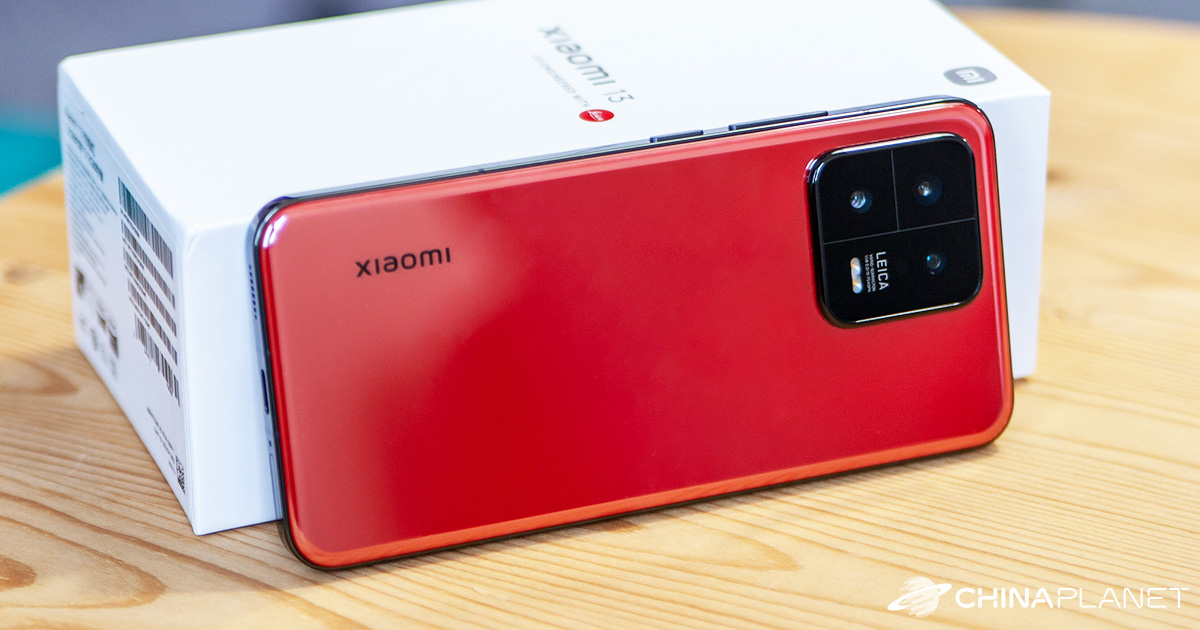
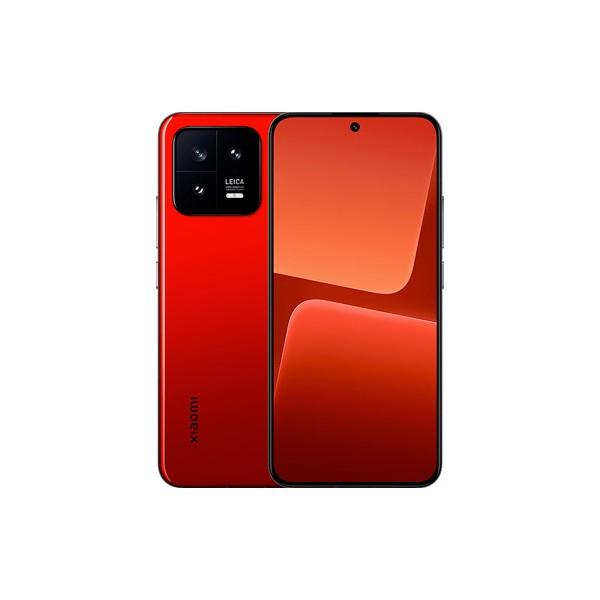

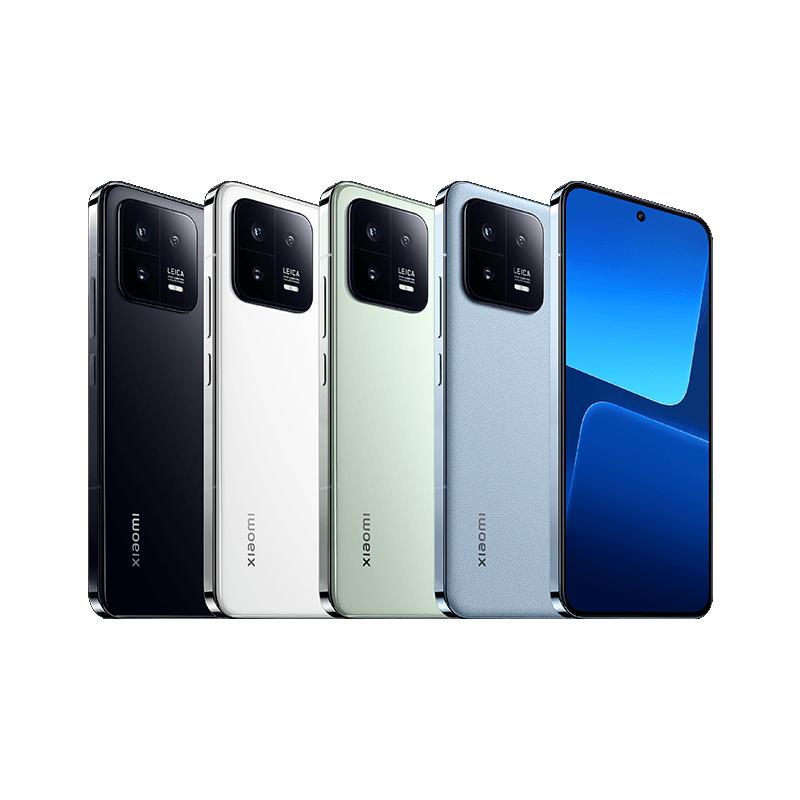
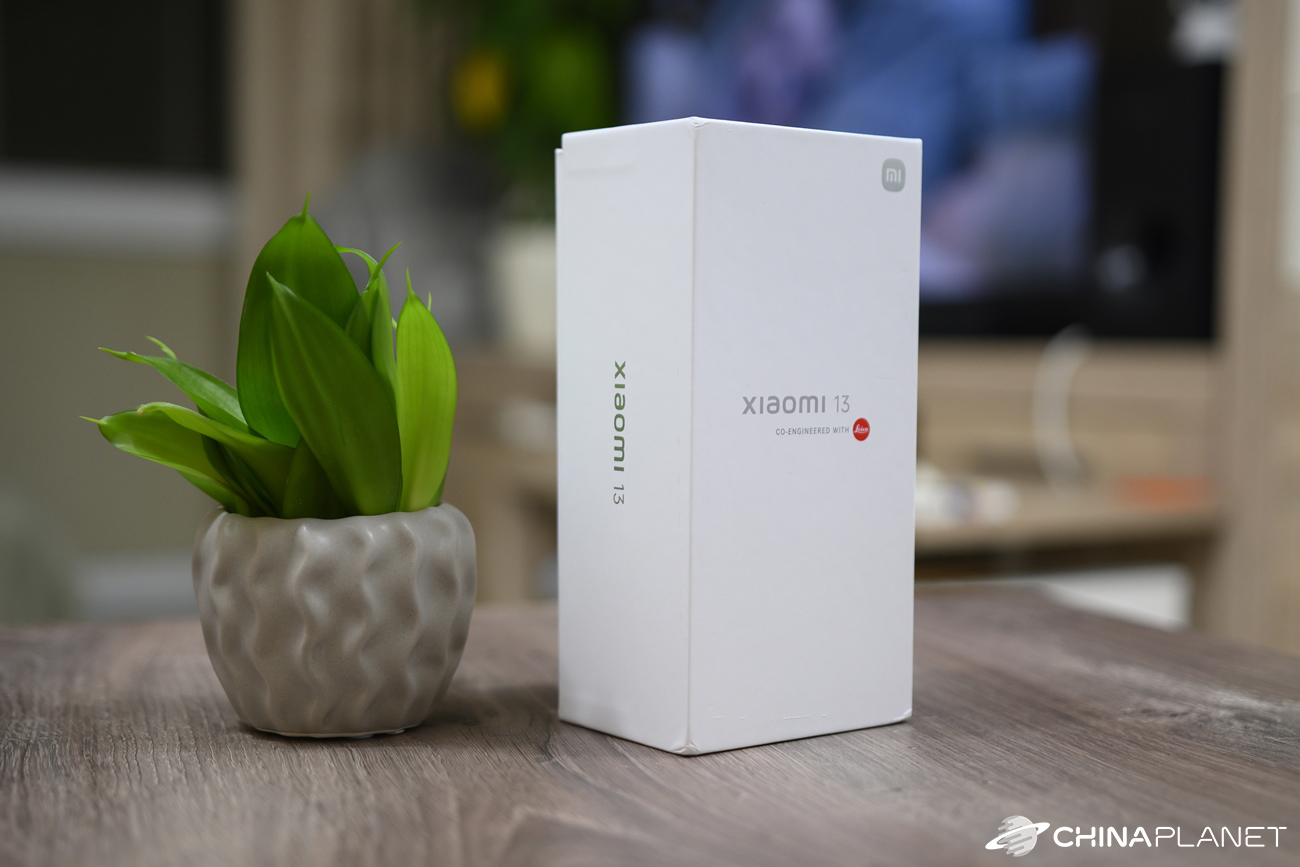
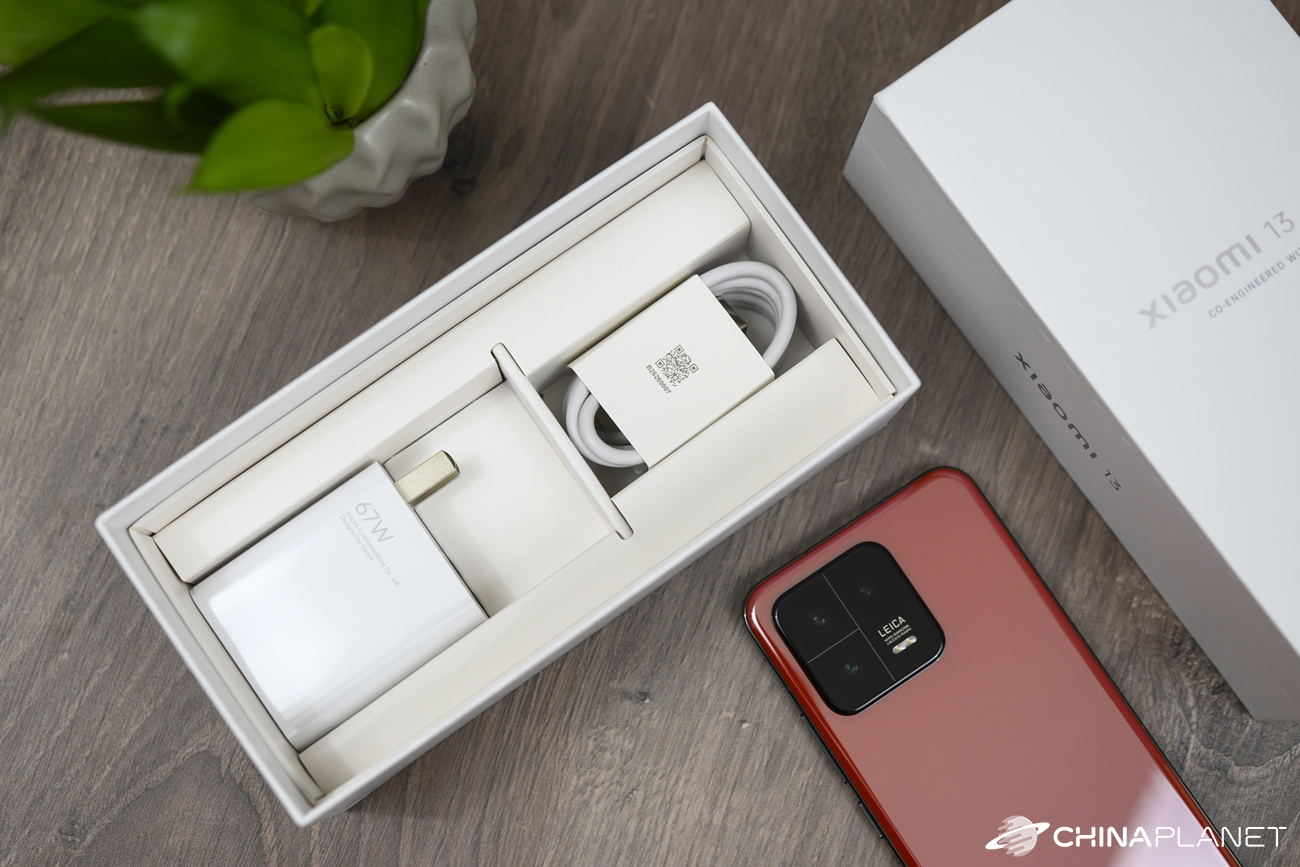

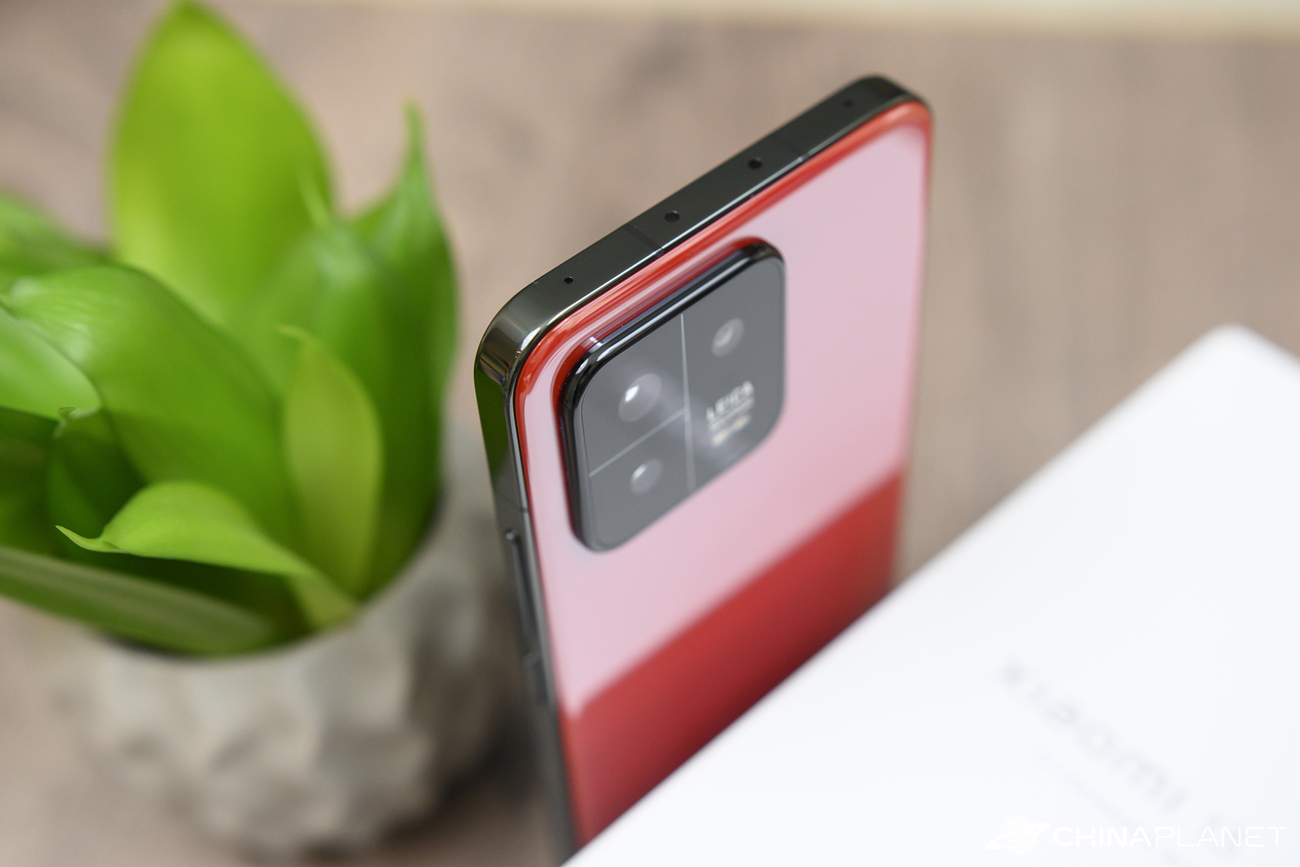
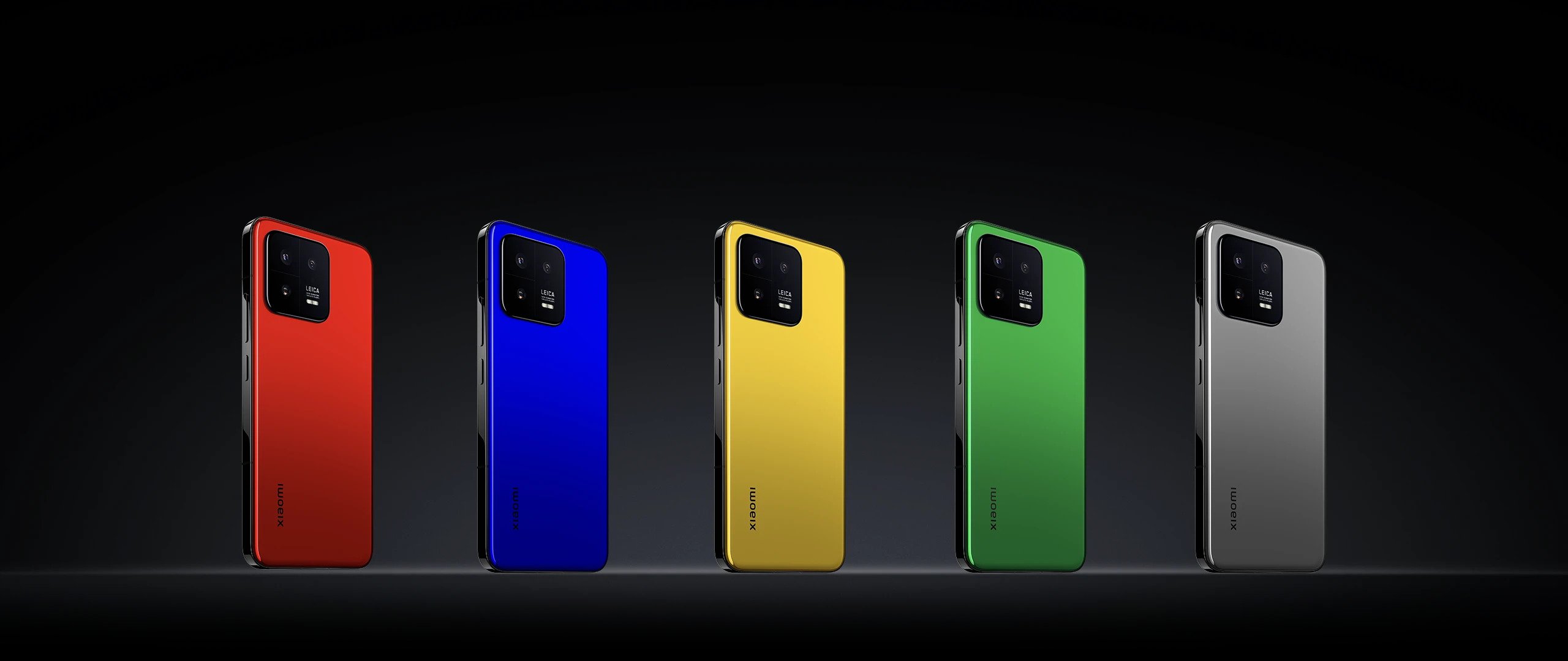
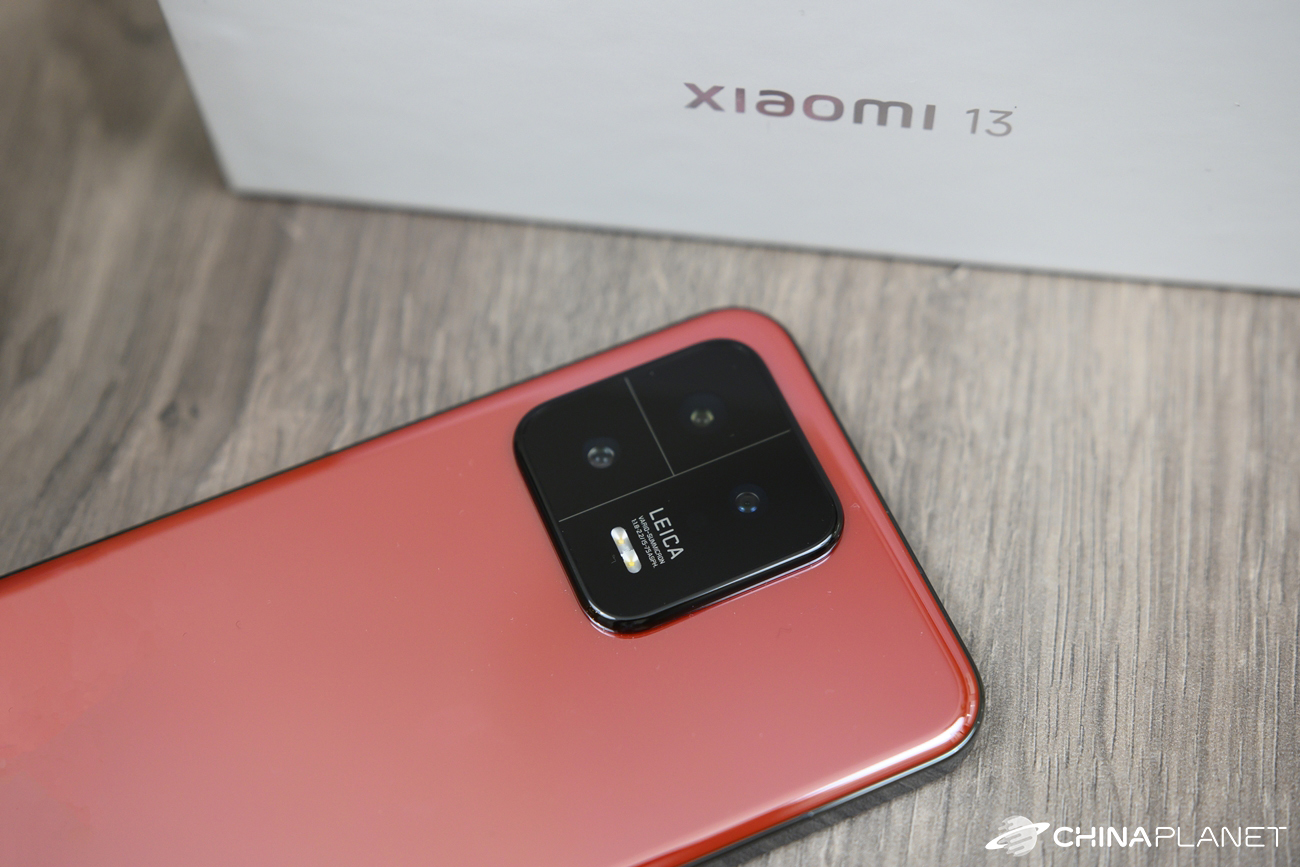
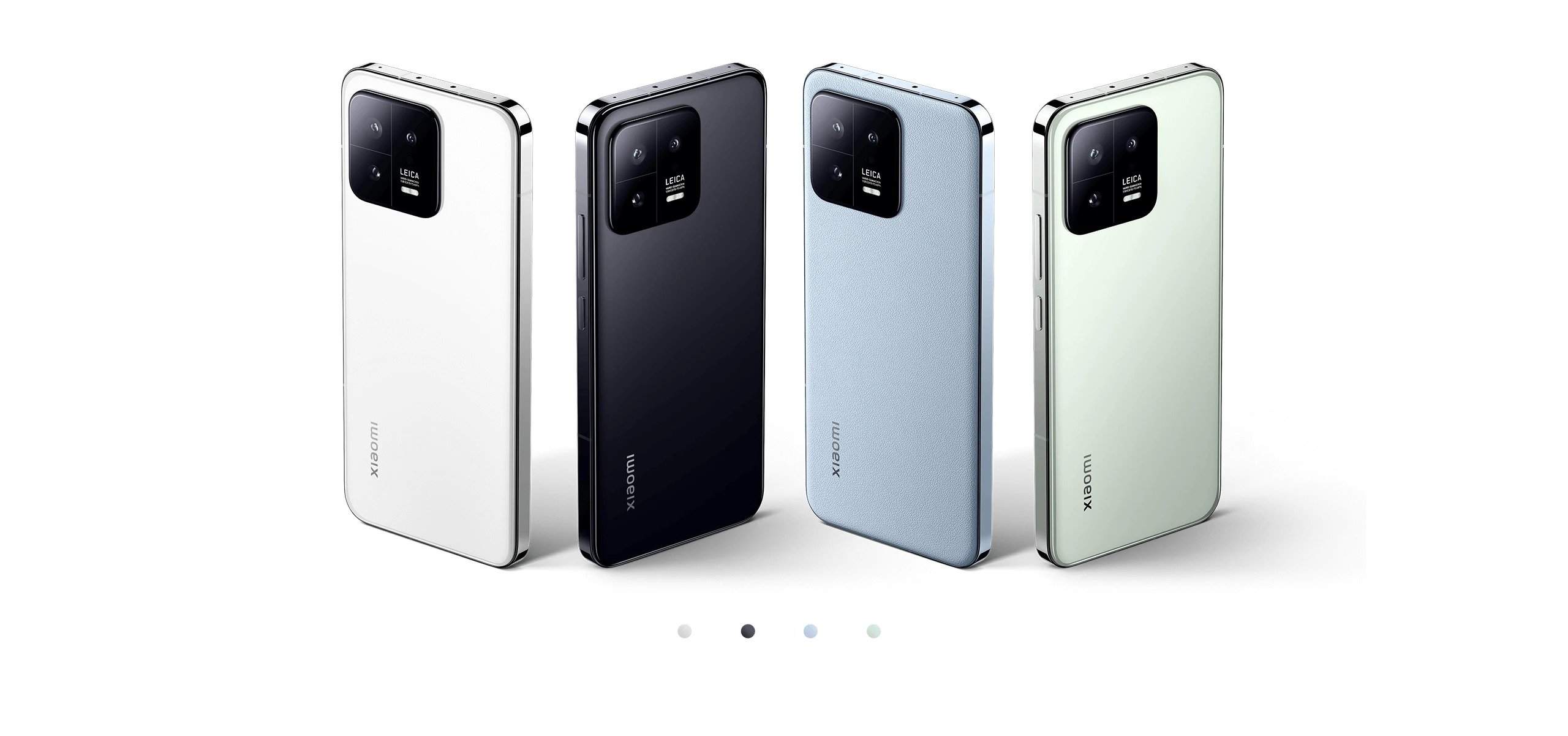
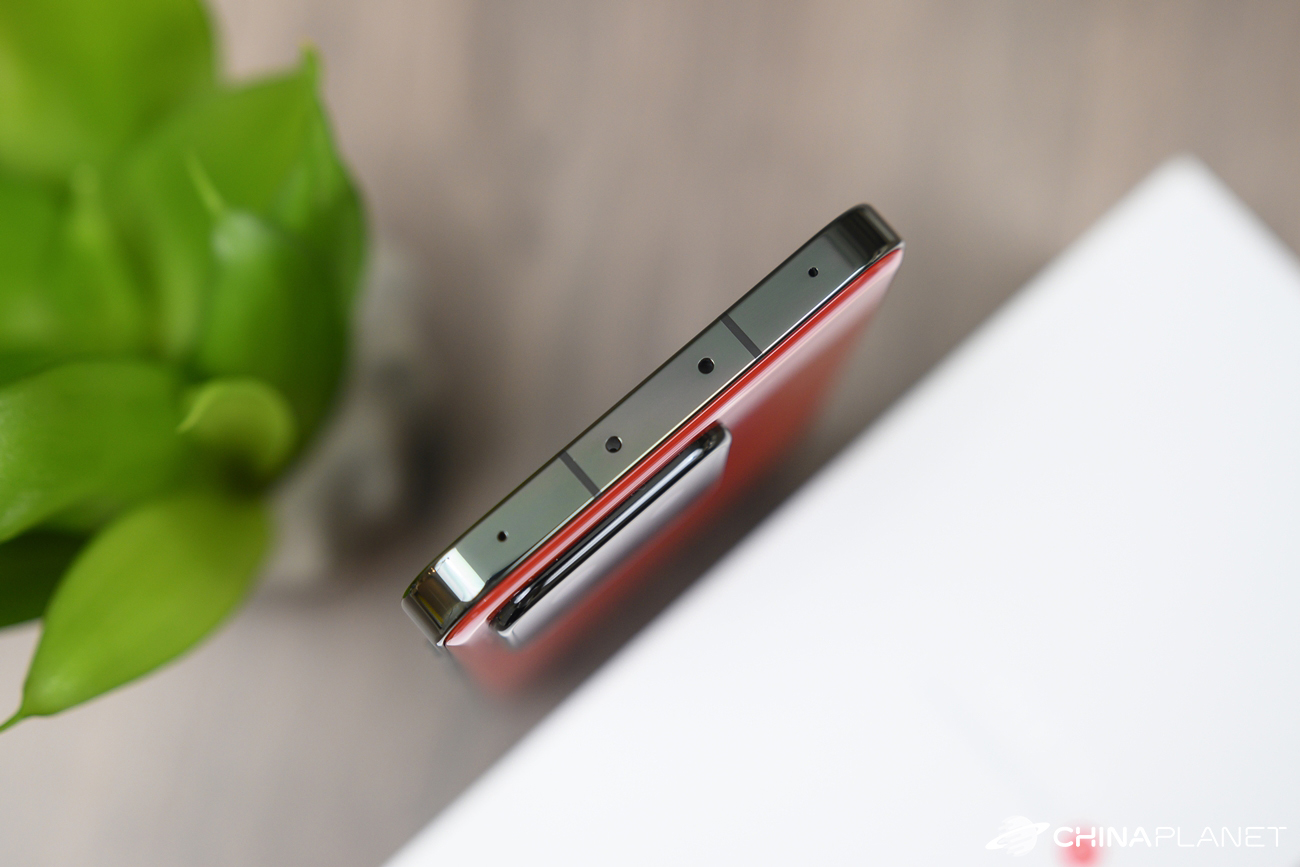


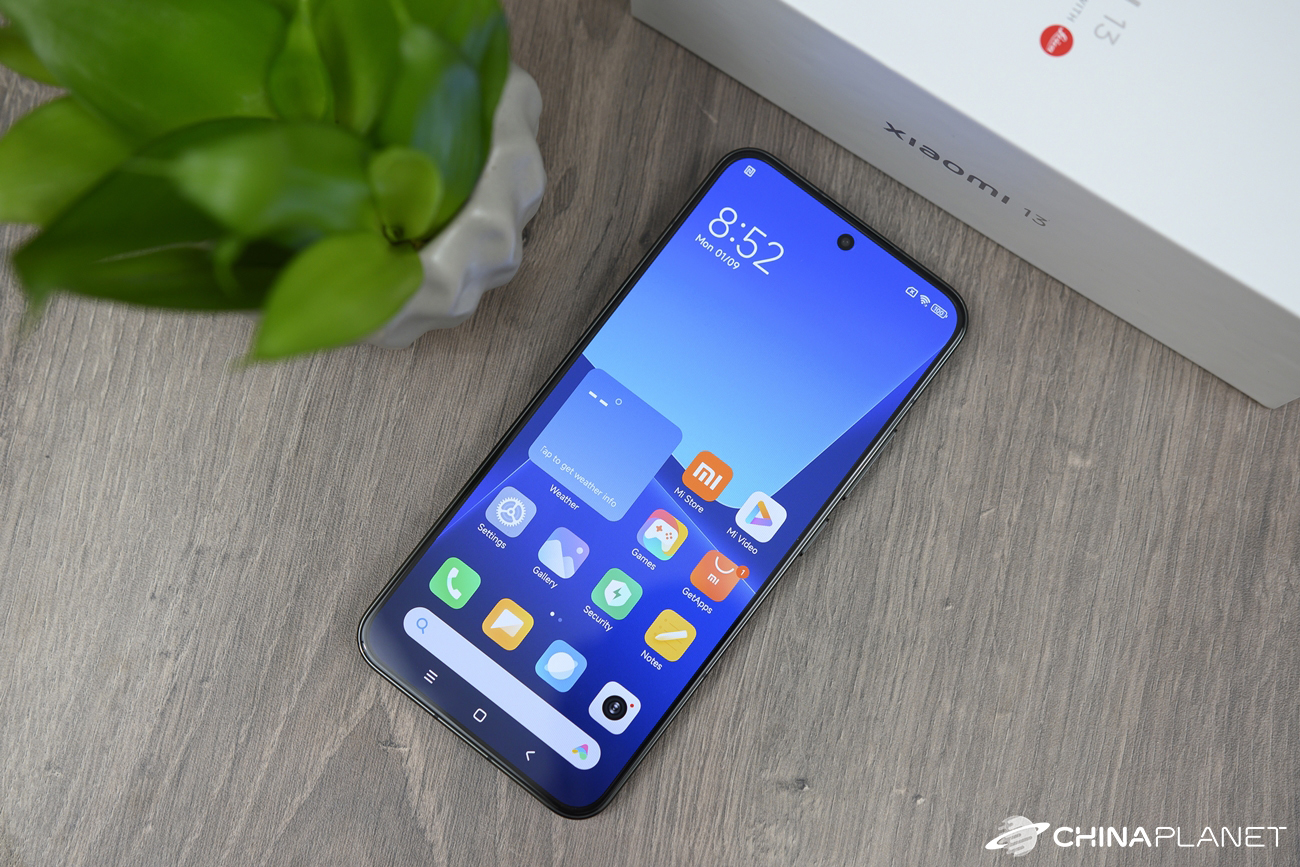
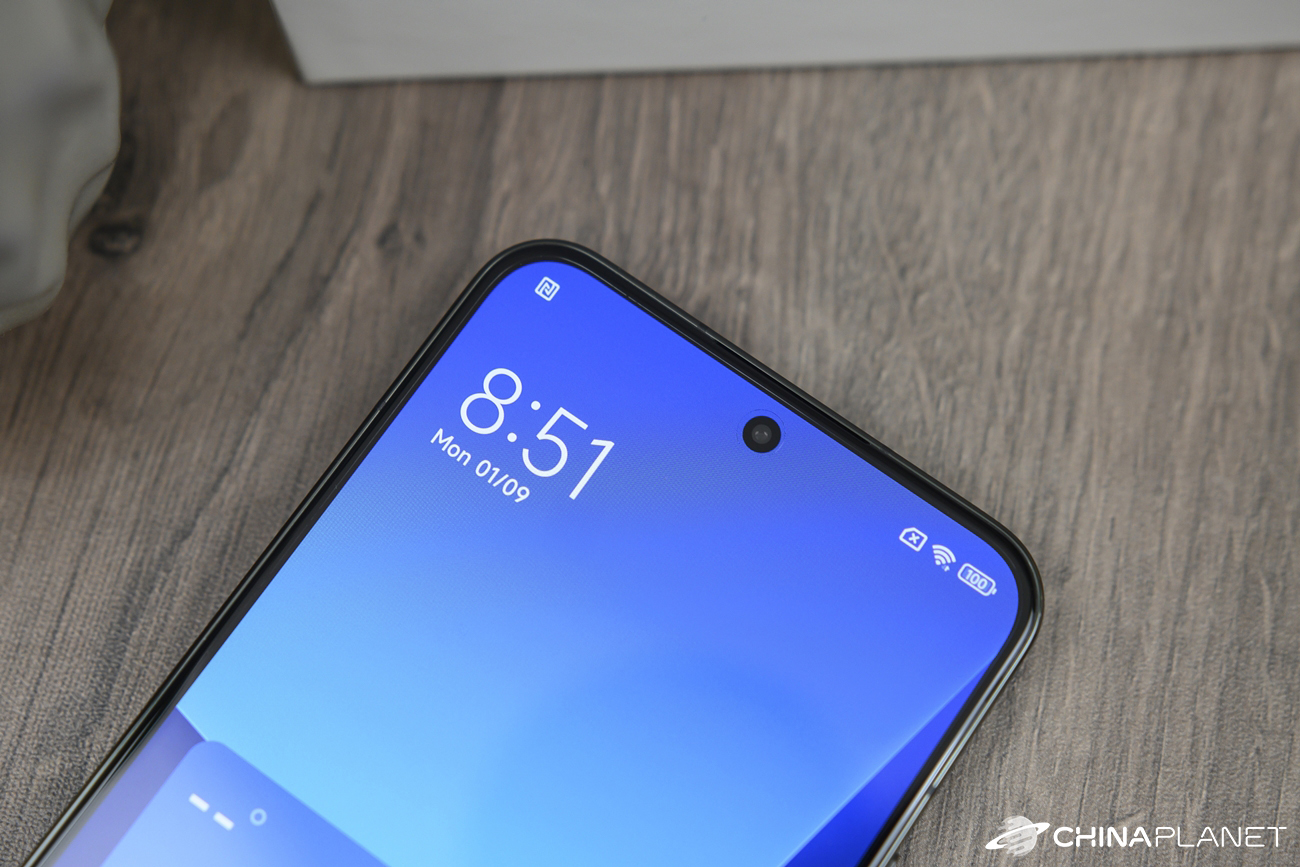
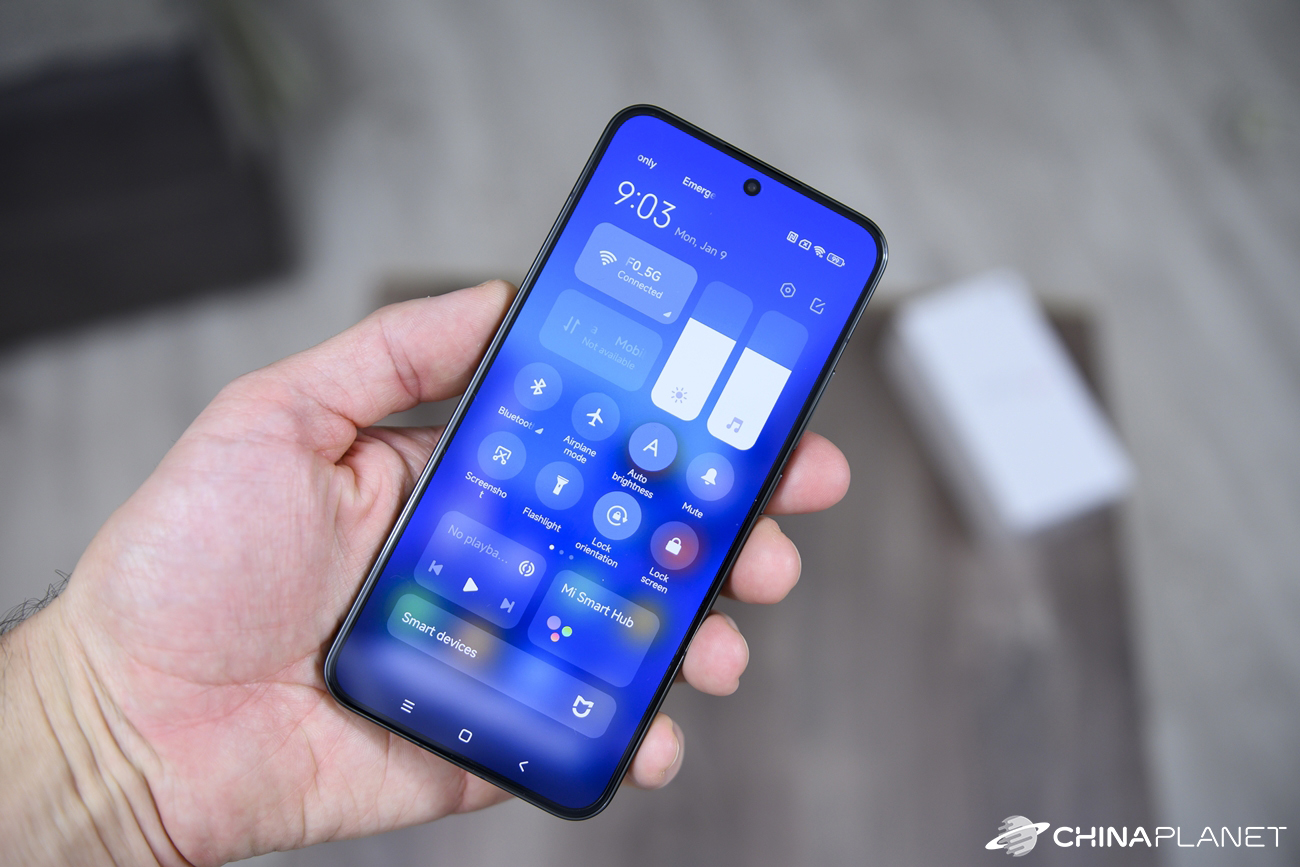
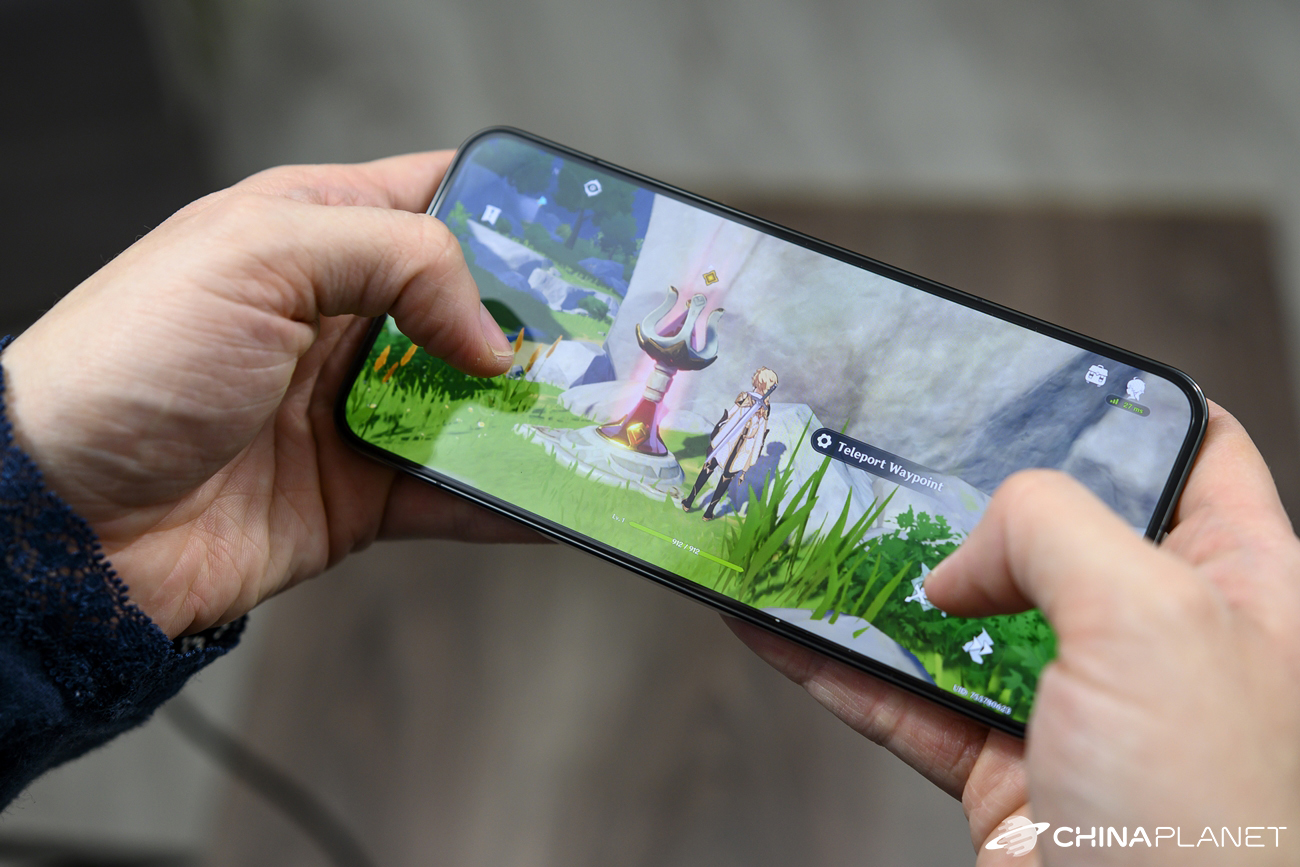
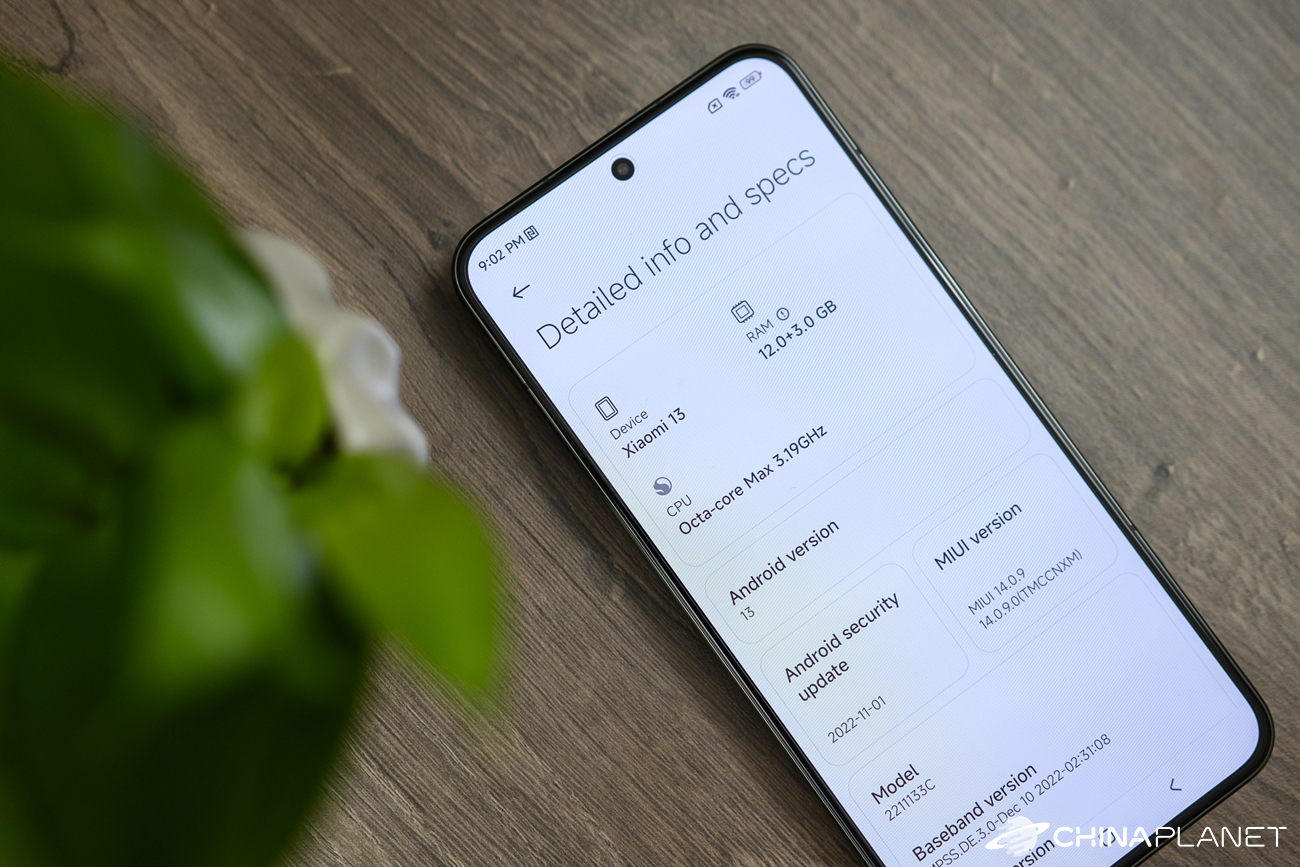

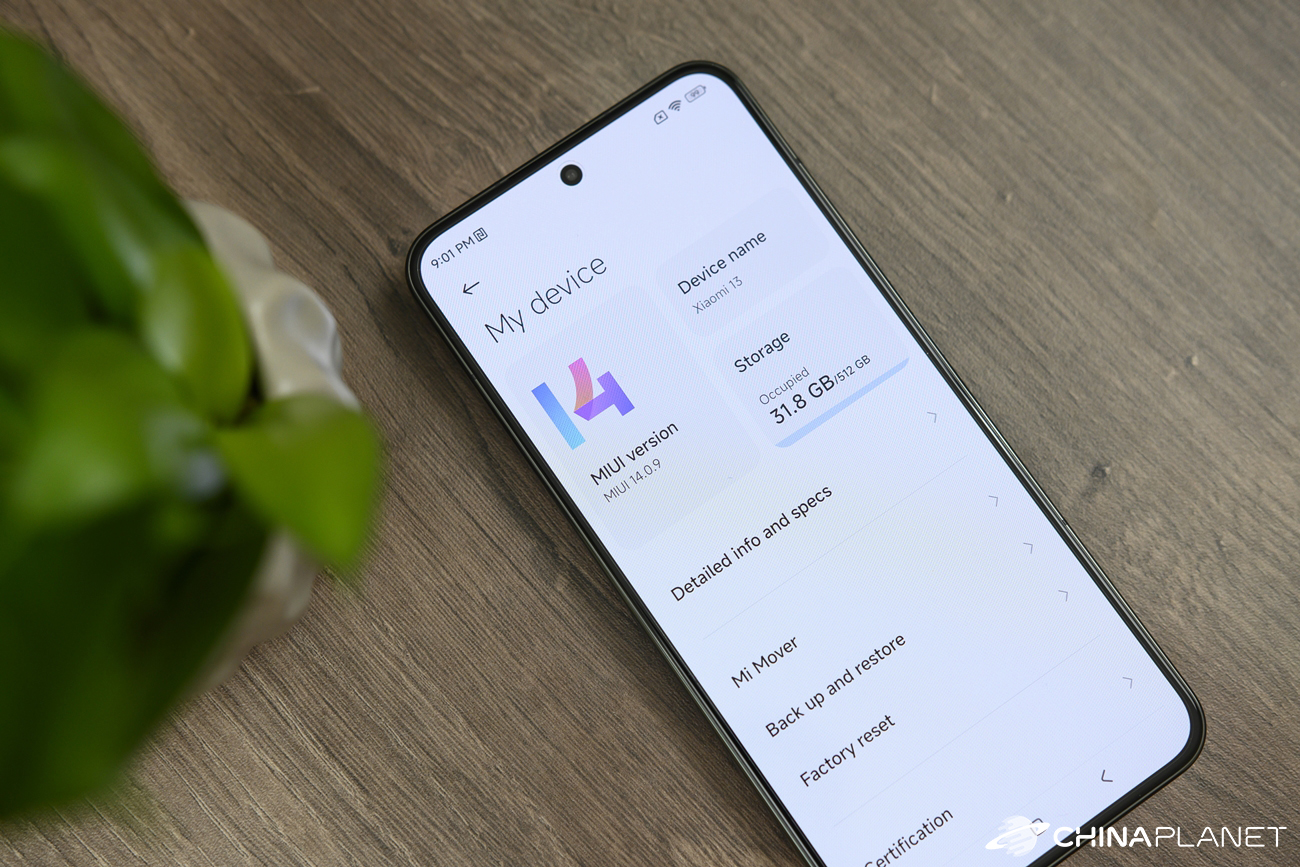
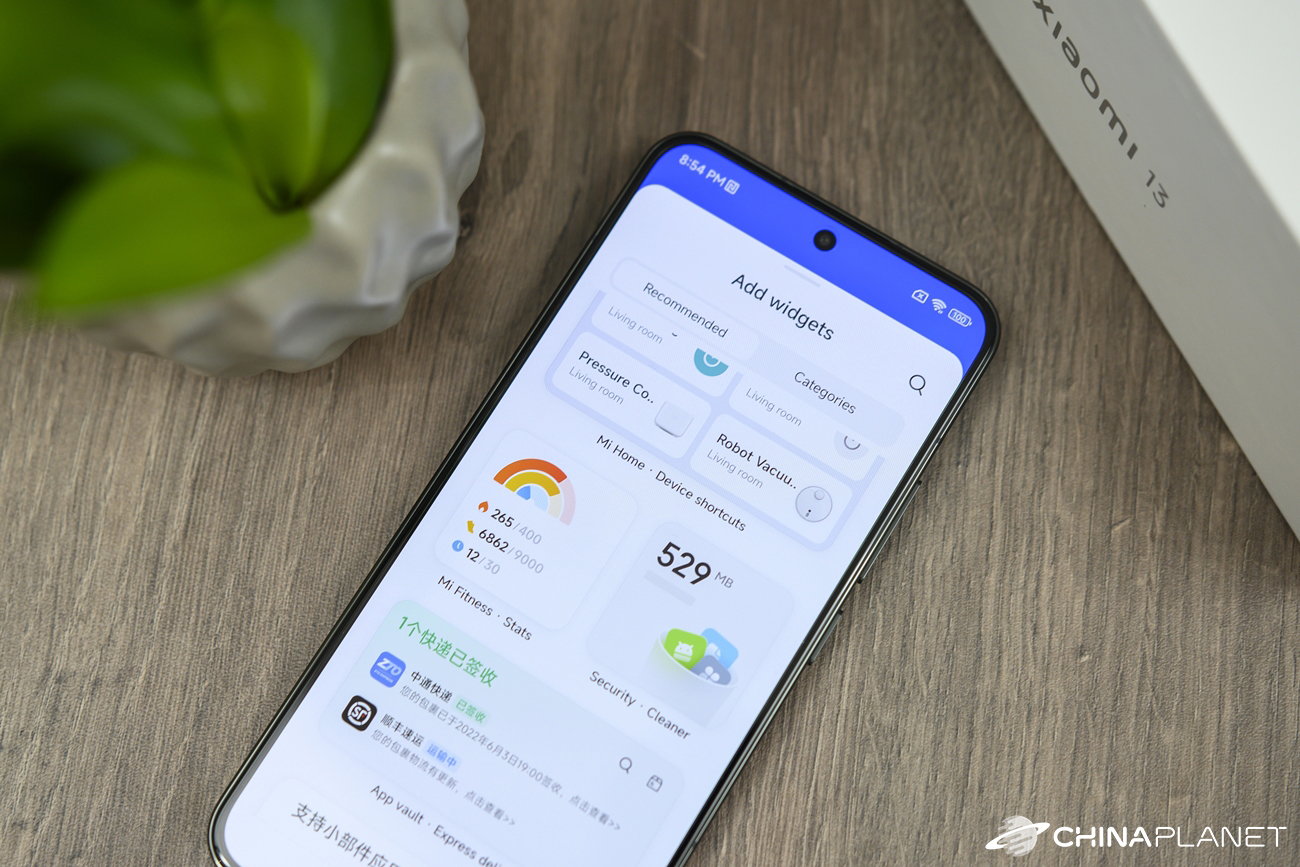



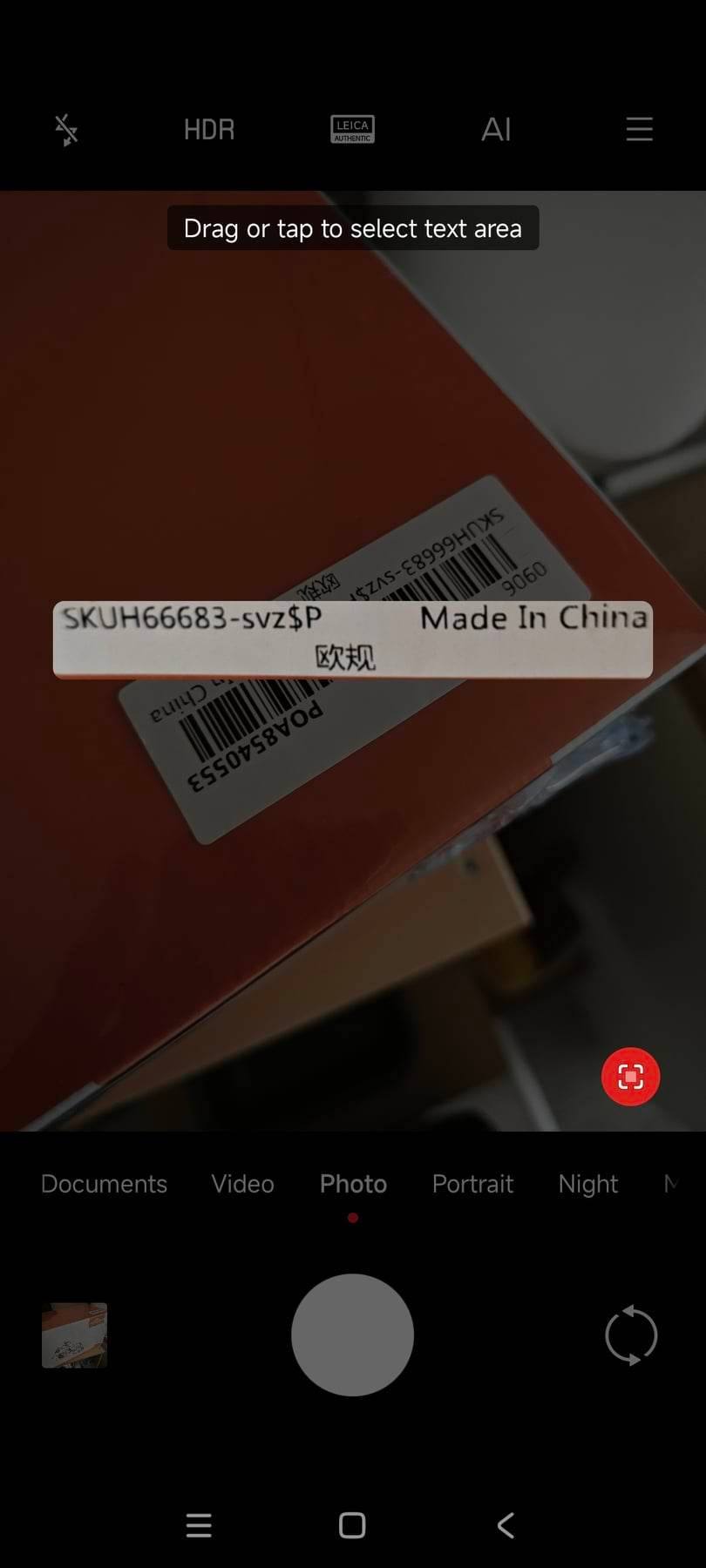
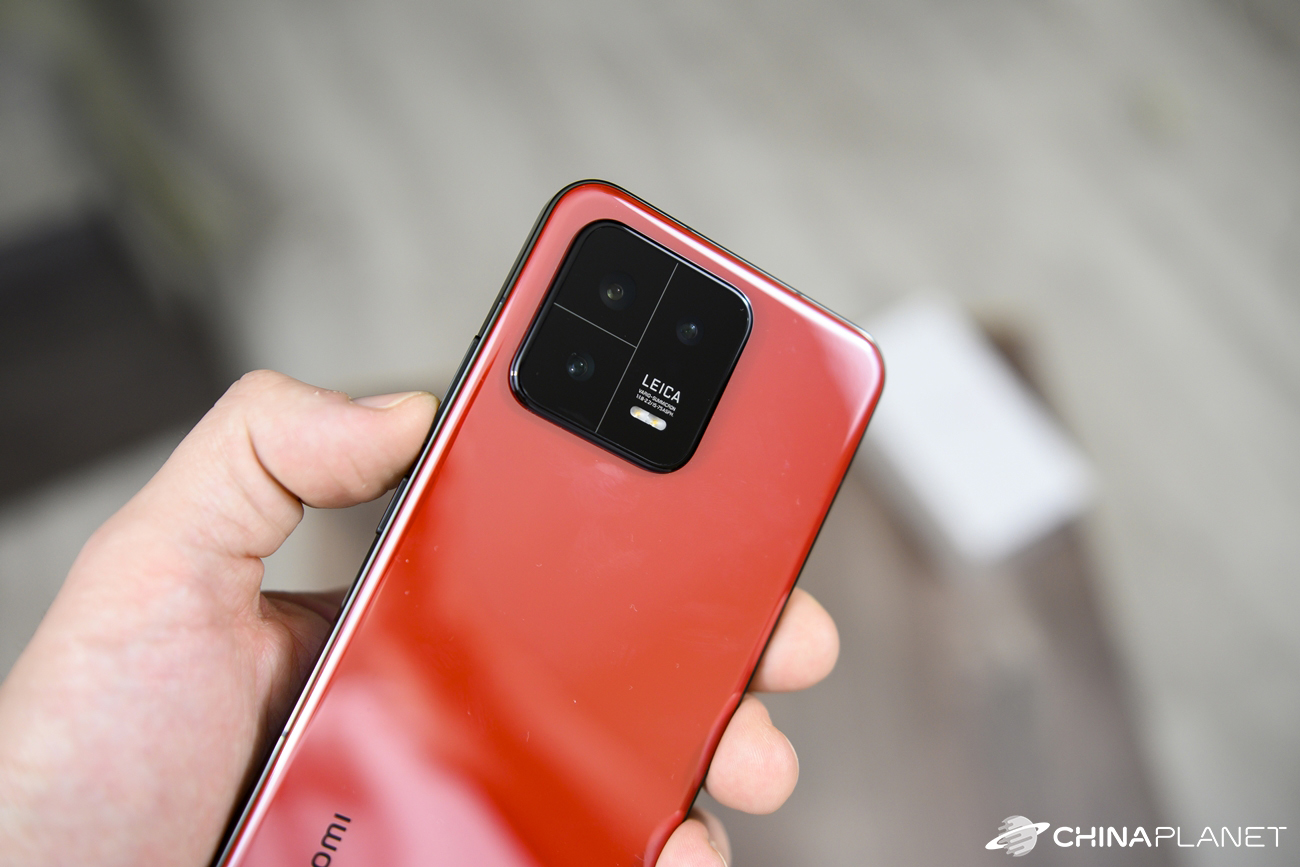
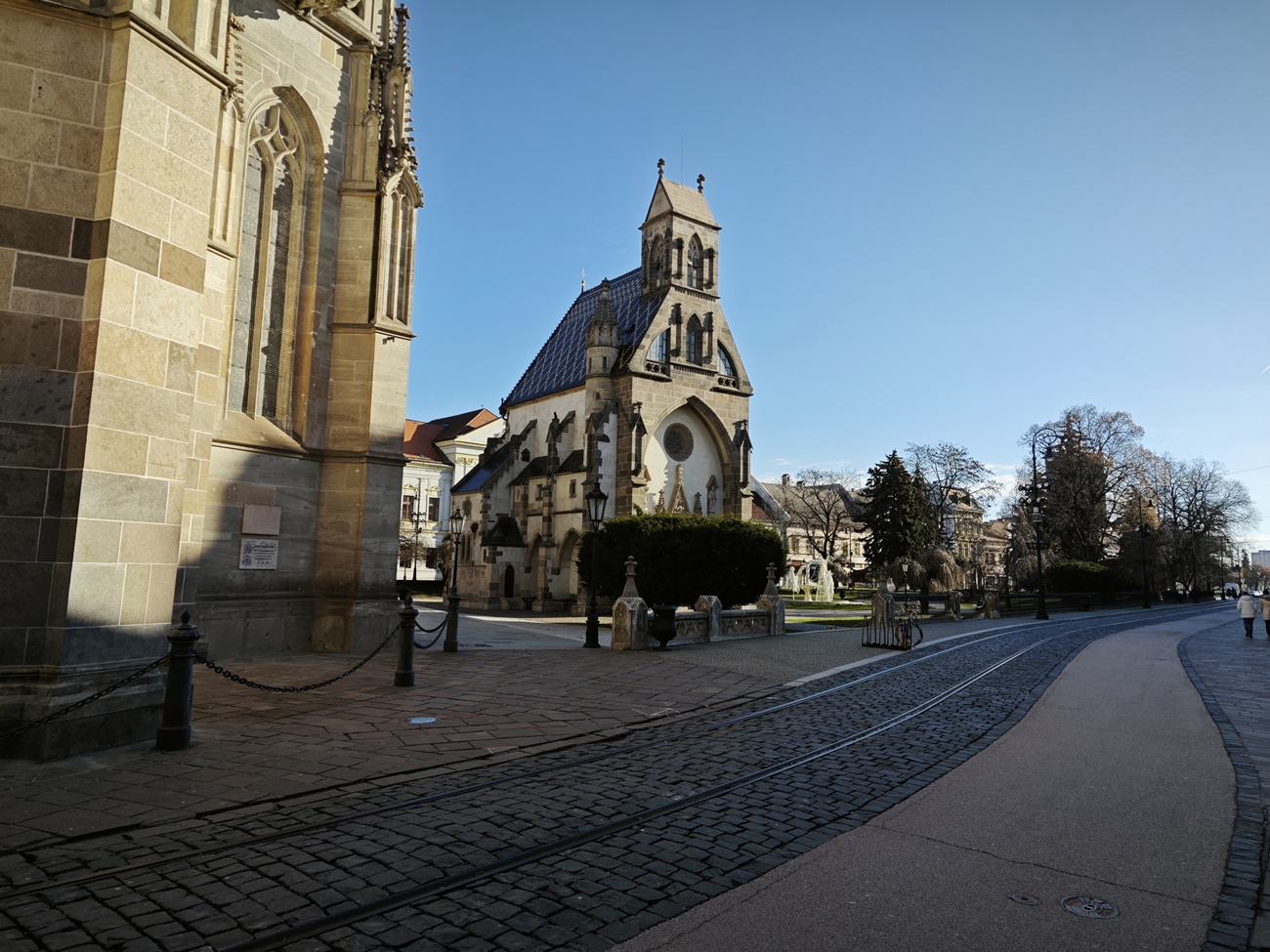
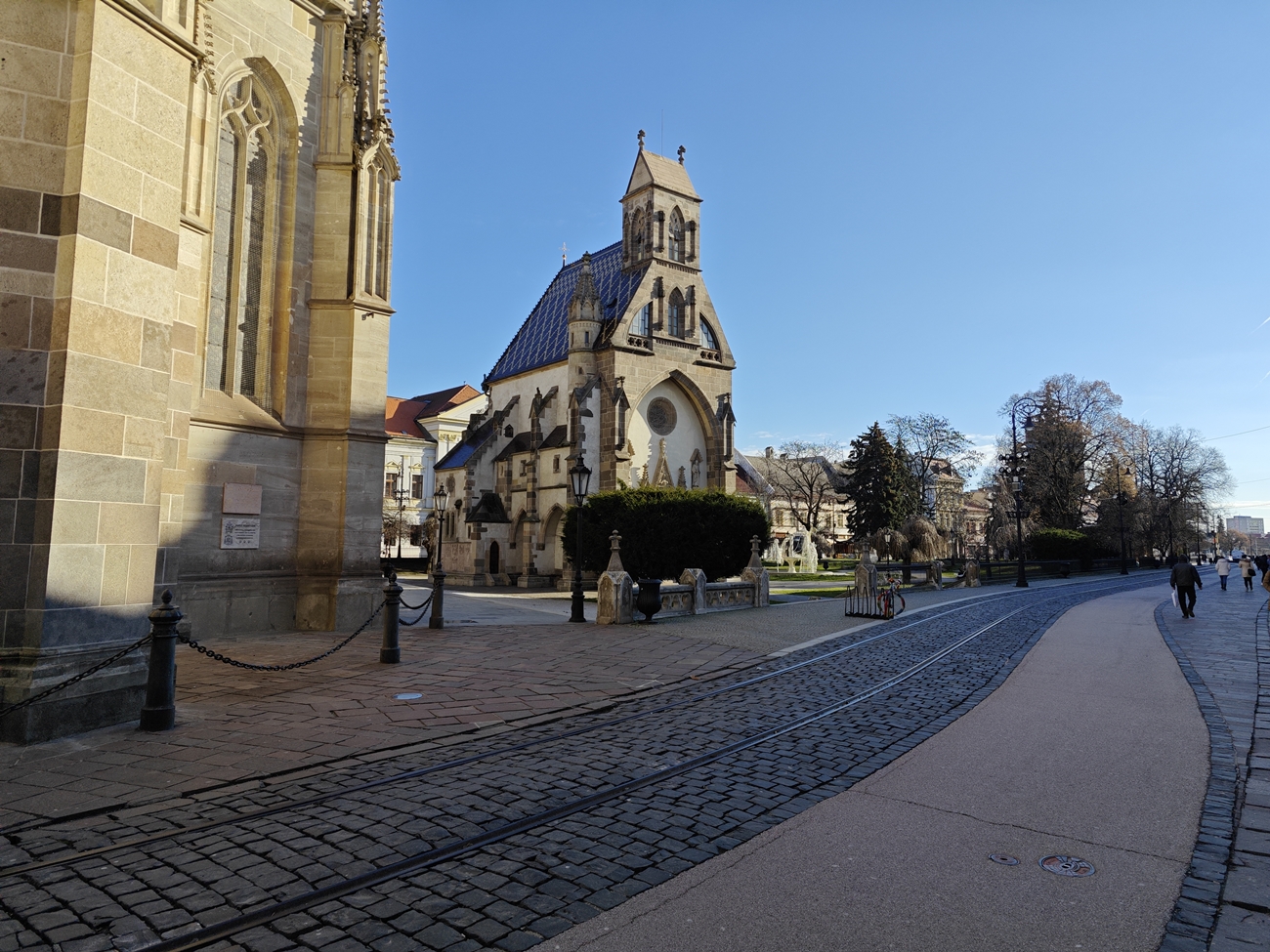








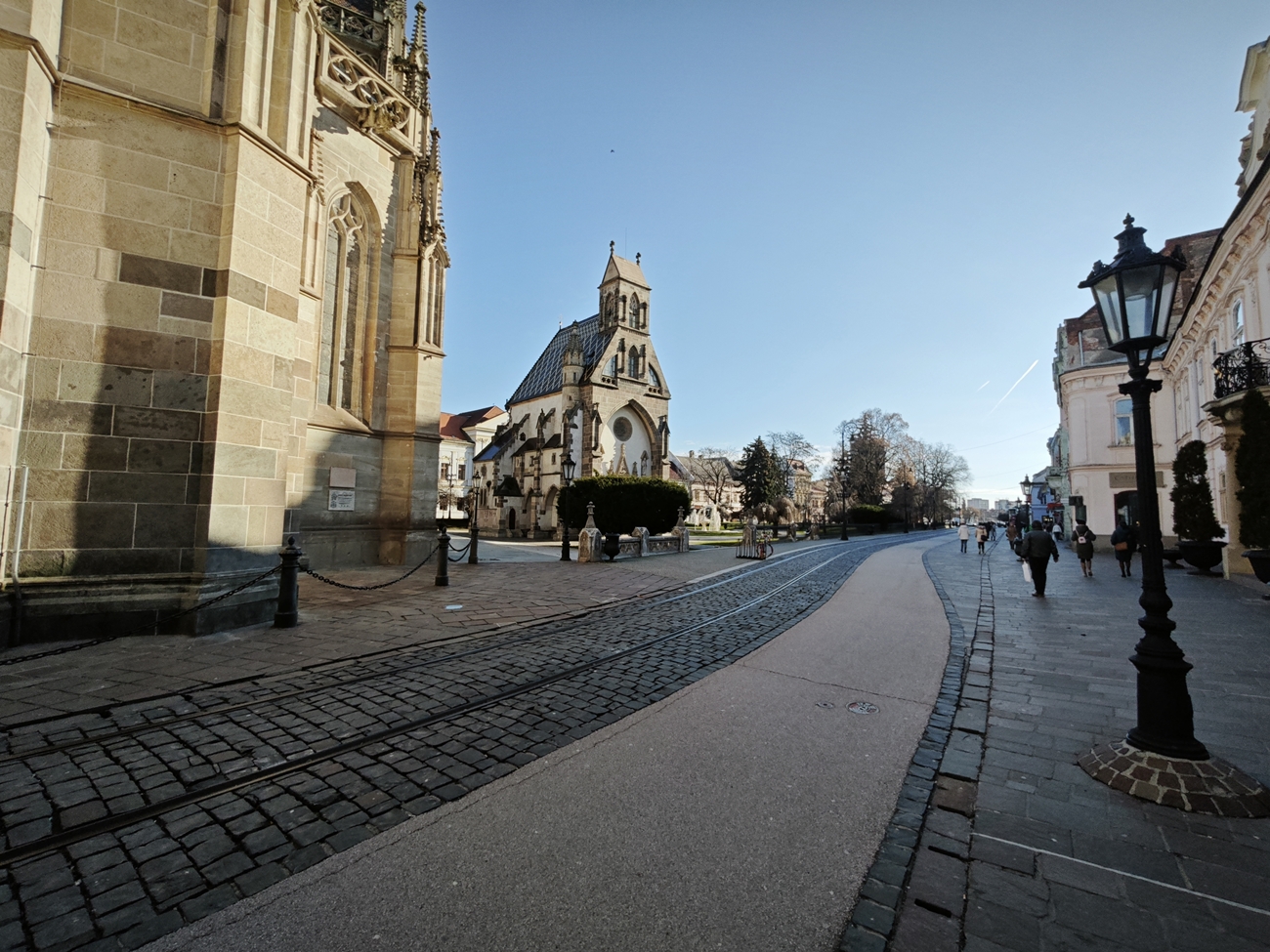
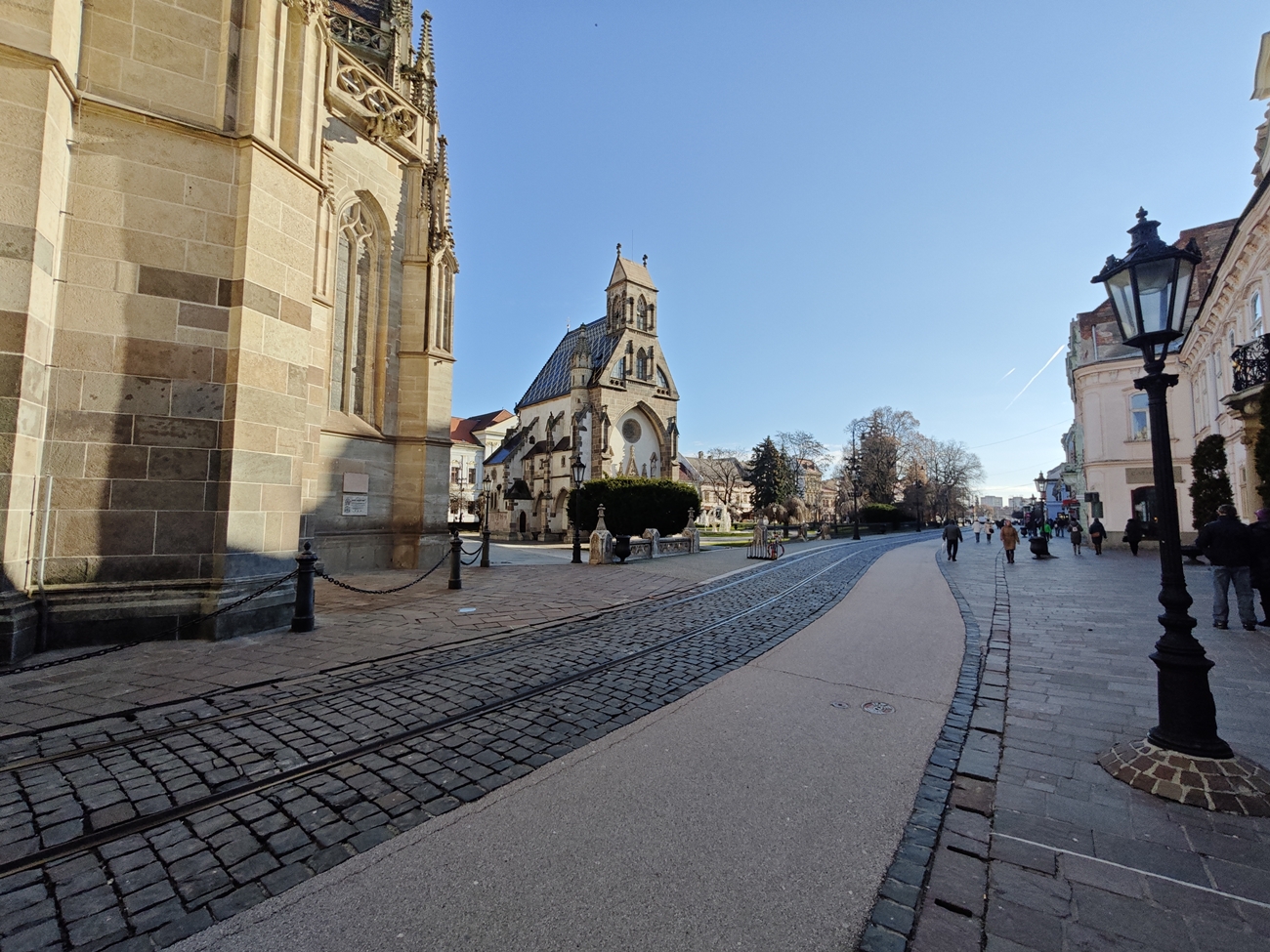











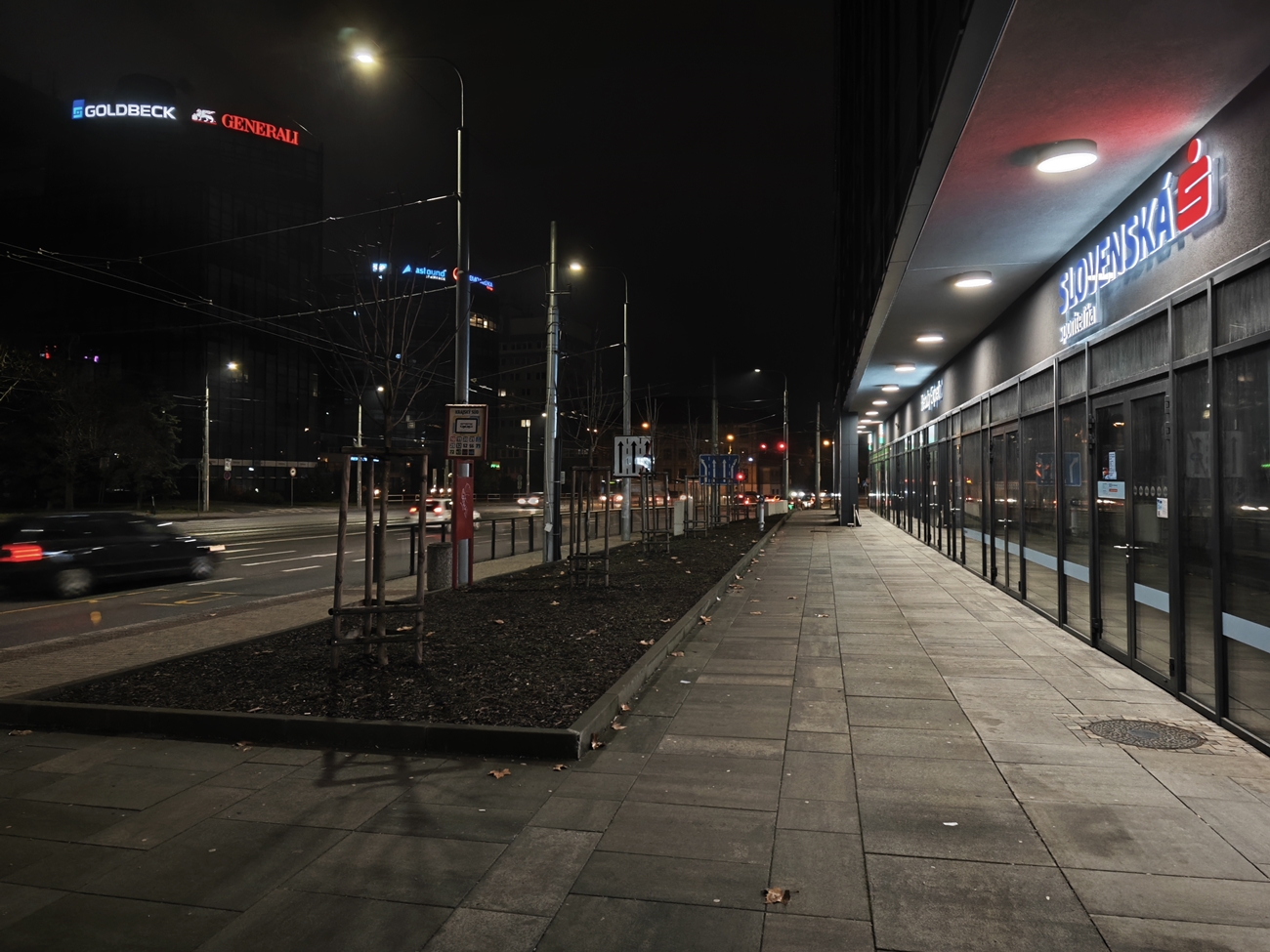
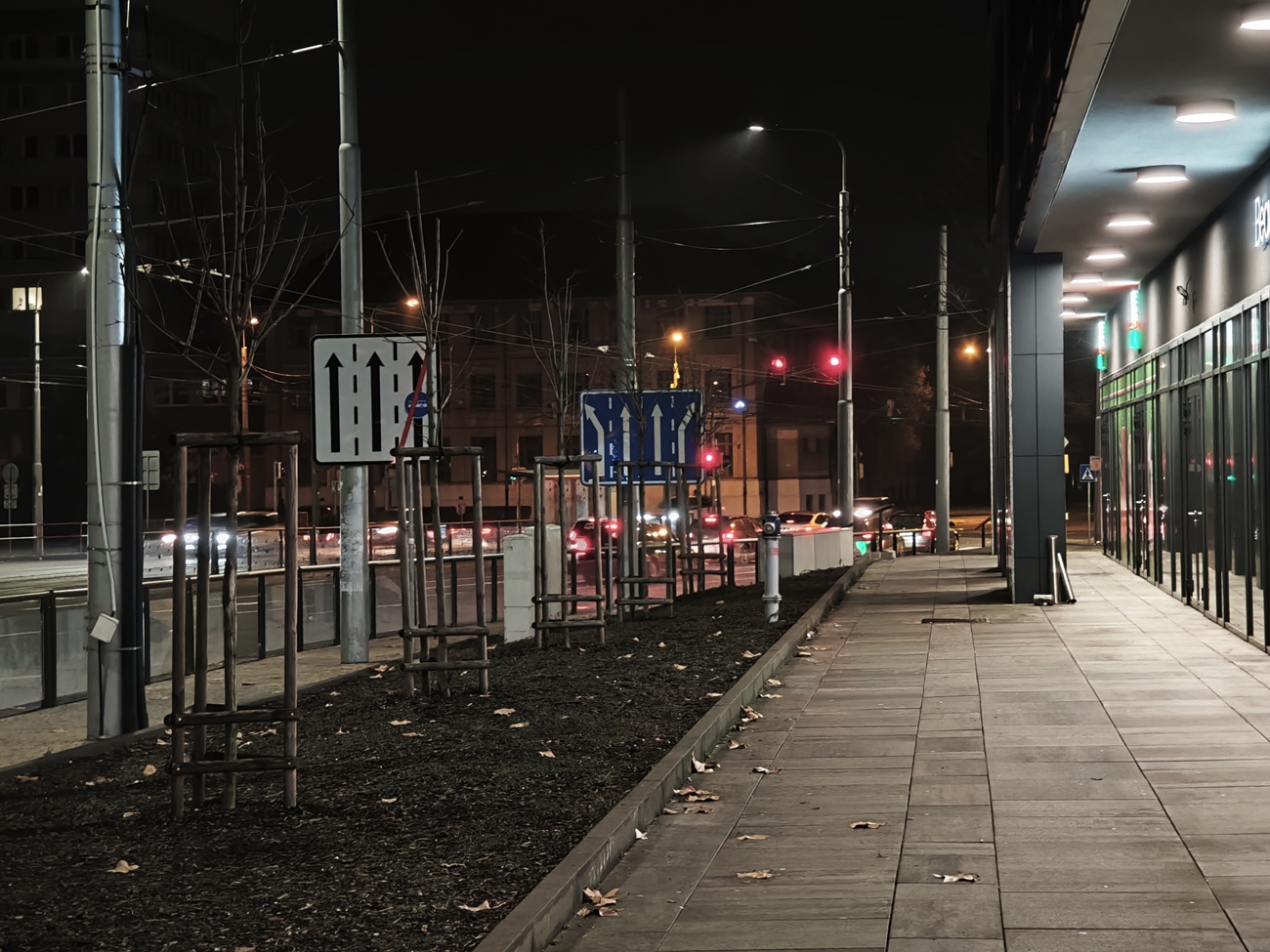

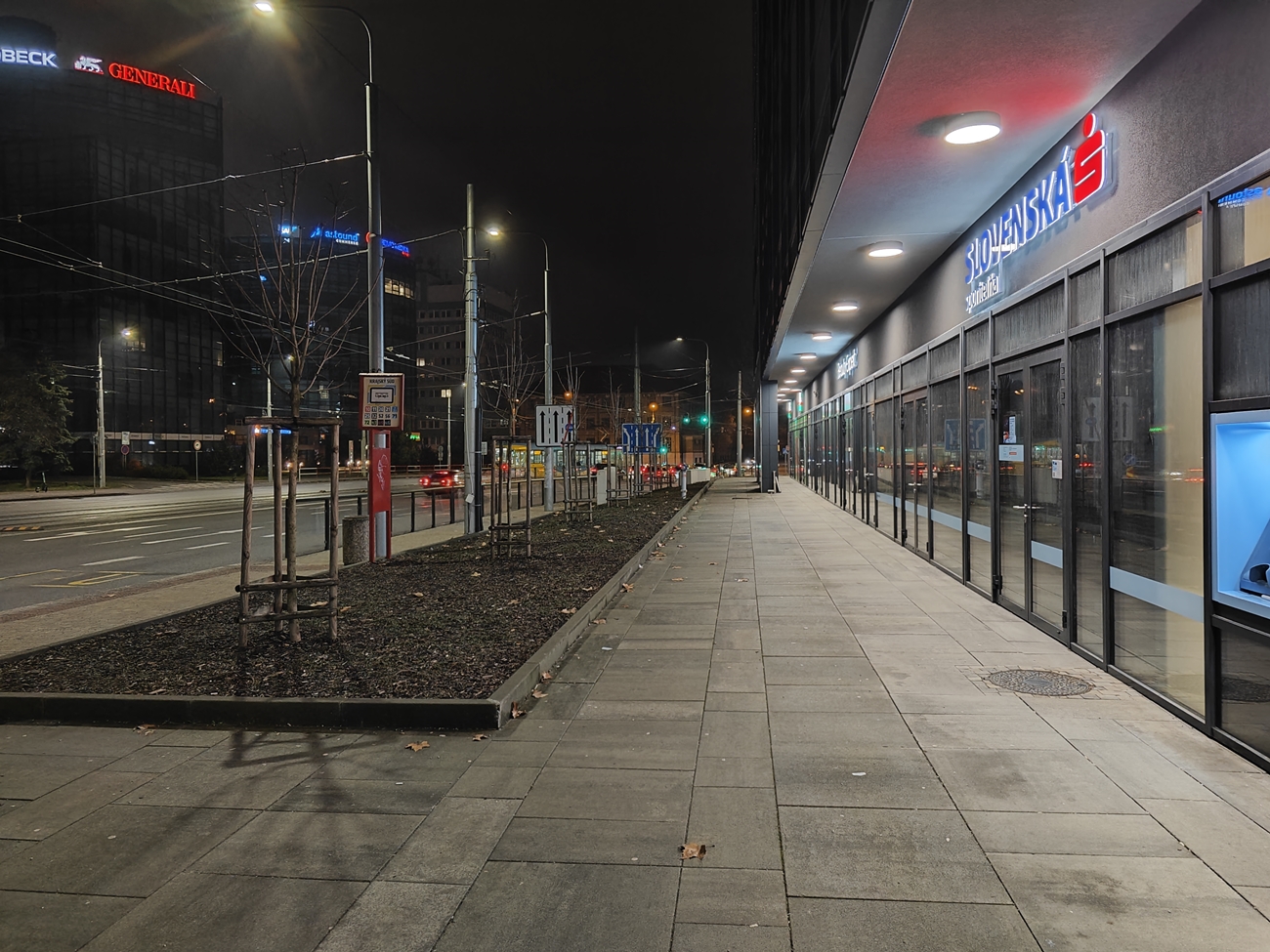
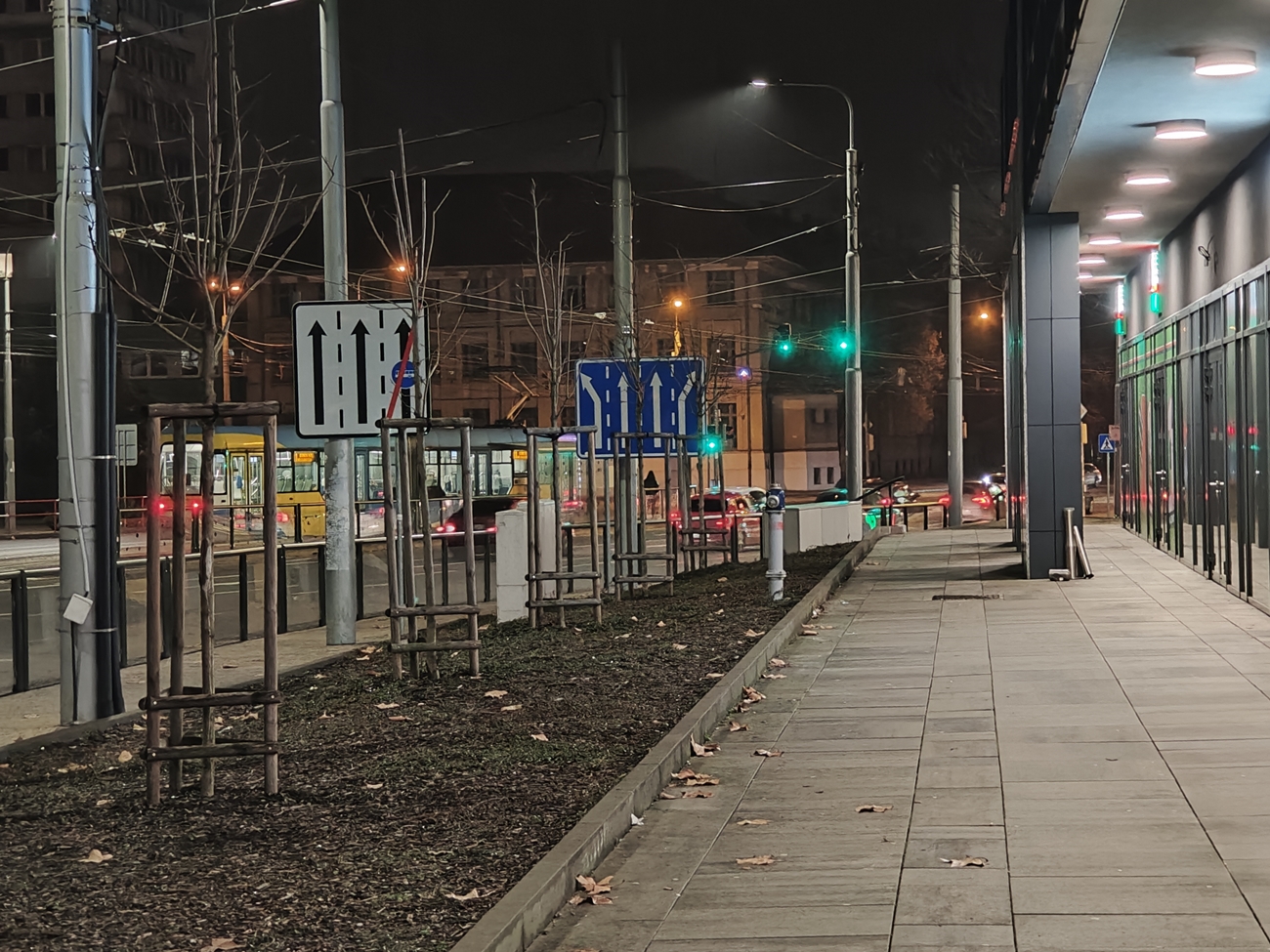




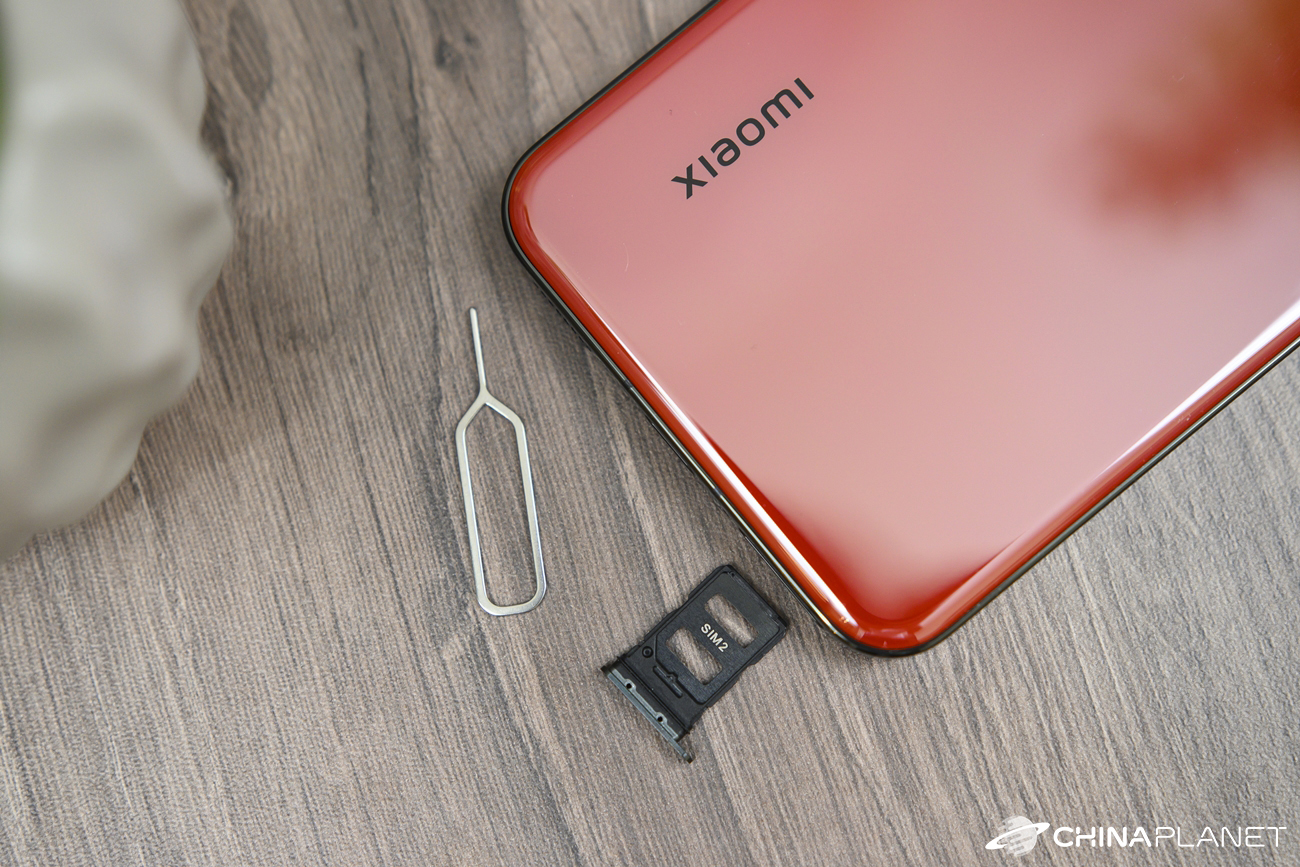
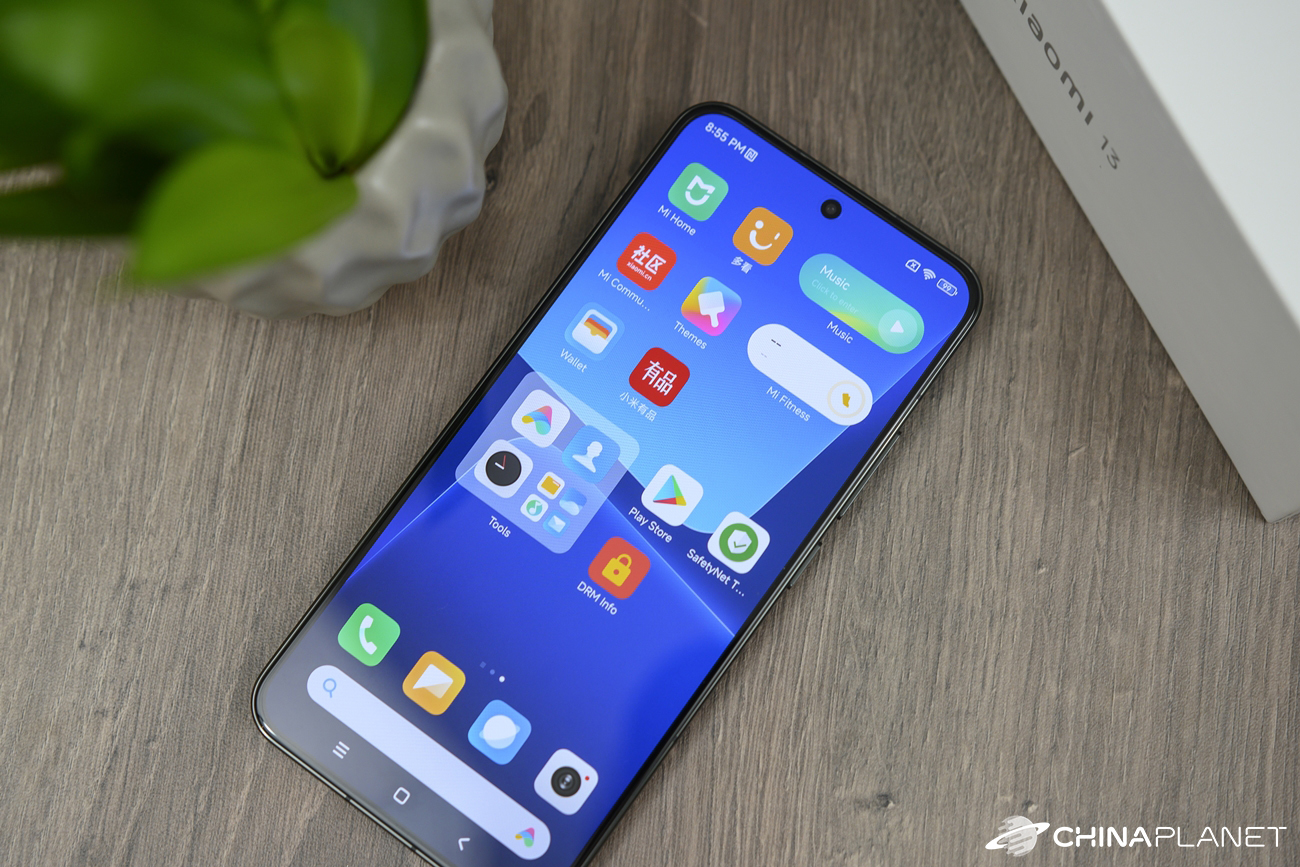
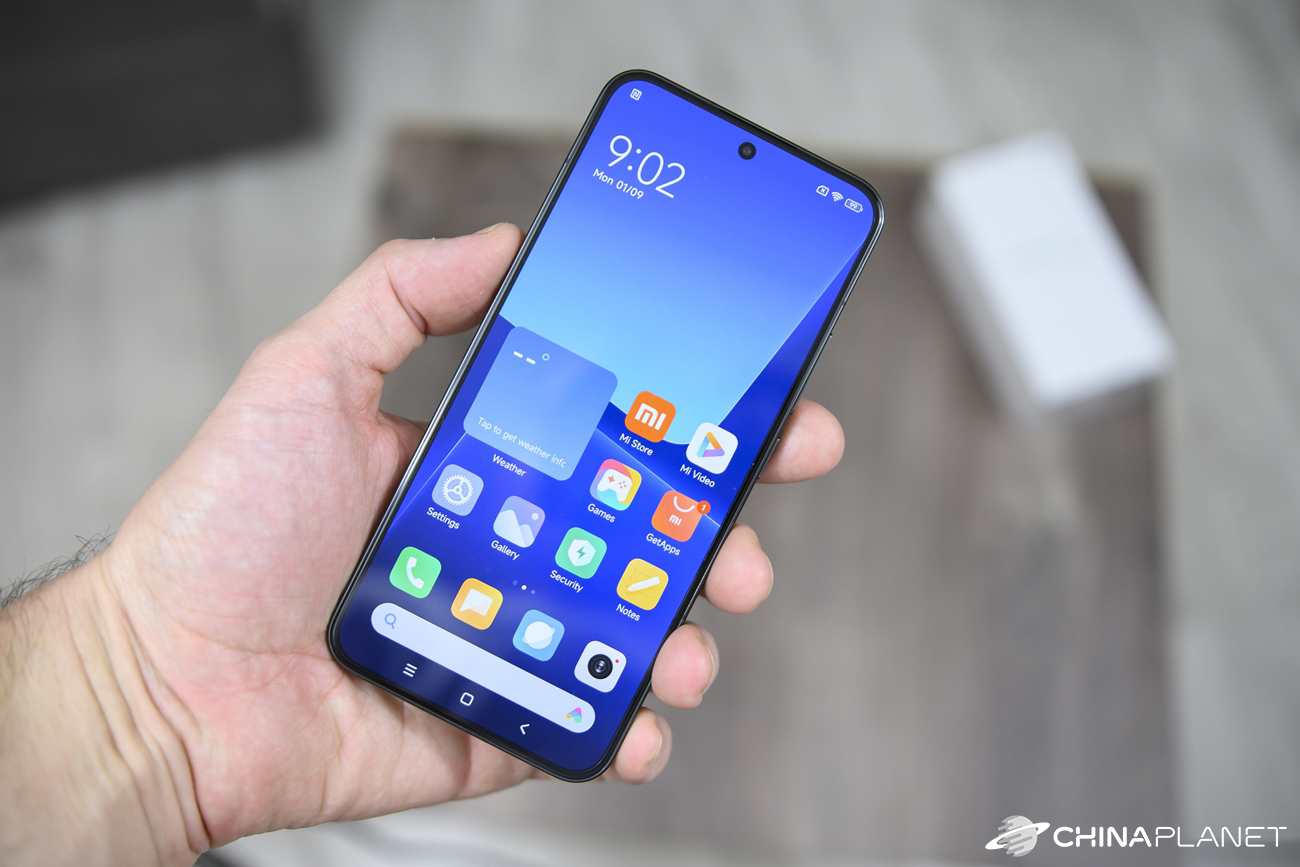


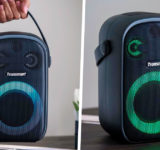




Thank you for the review. But I would like to ask if we could compare the quality of the photo... 12 vs 13? Is the main sensor better and by how much?
Question for the editors. Is it worth upgrading from 12Tpro 8/256?
120W charging is like something out of science fiction, but I miss wireless.
Wide is a disaster and the main 200M sensor is also not such a miracle as I thought.
And with a thicker "Armor" case, it's really a brick.